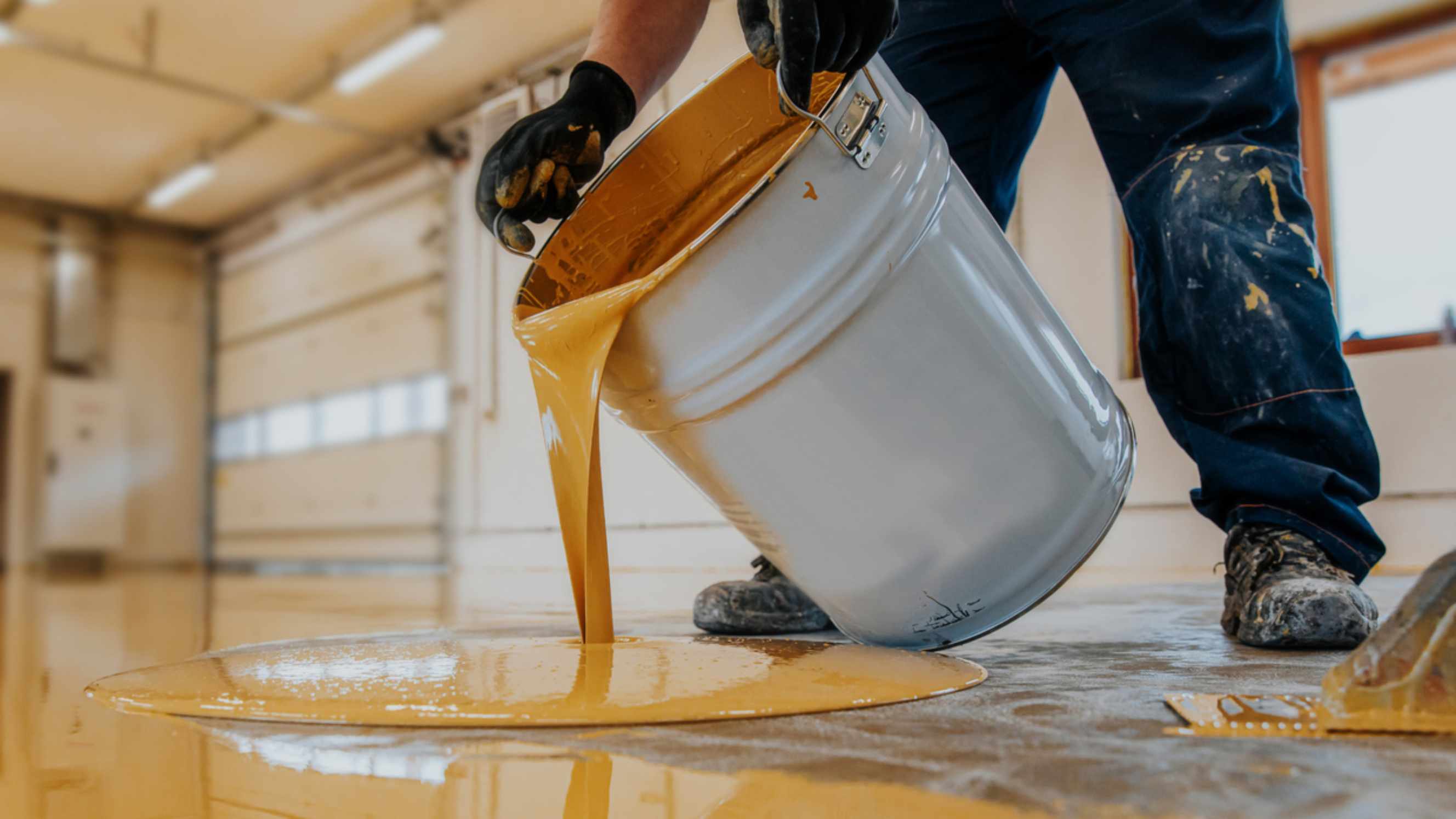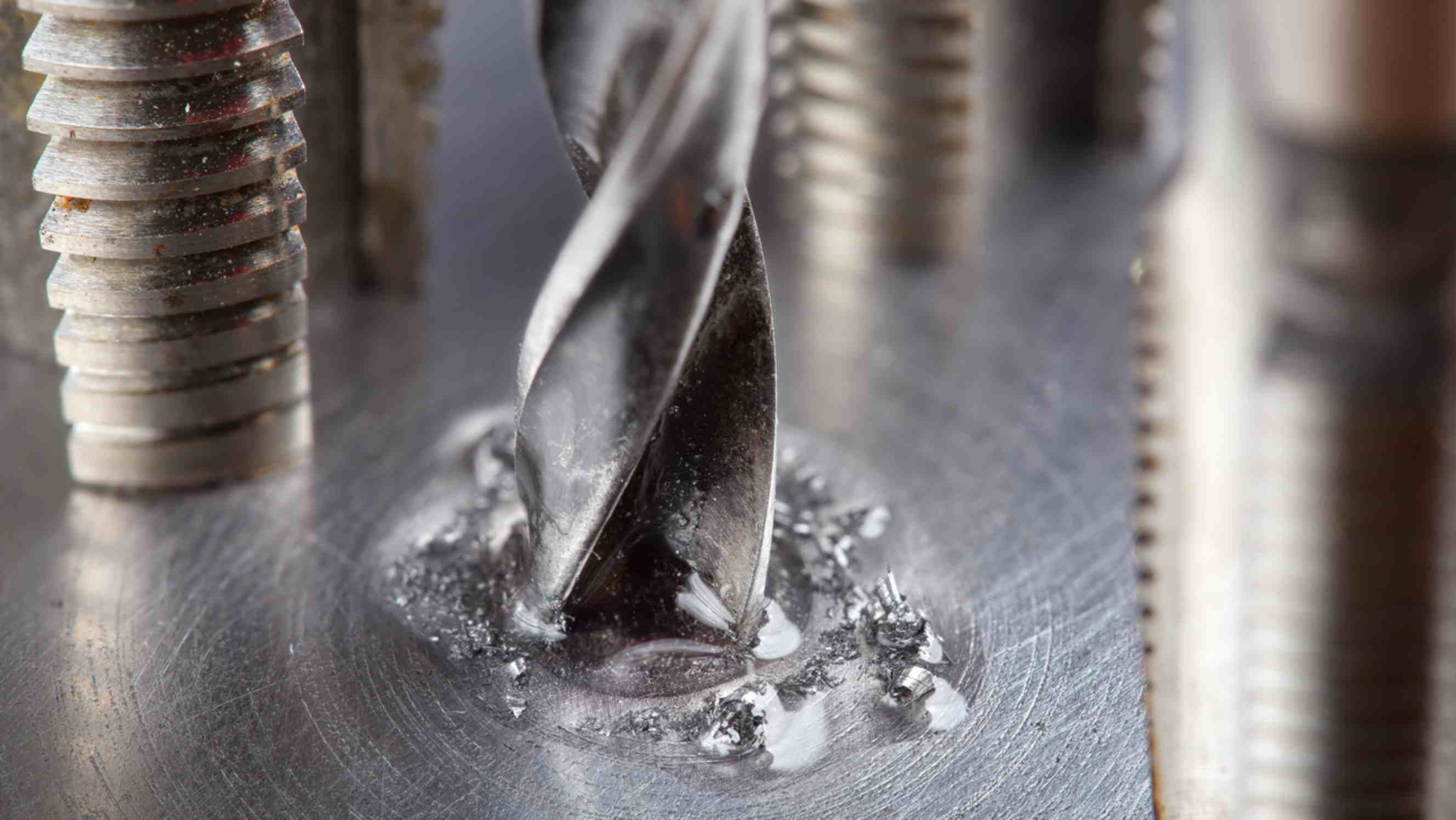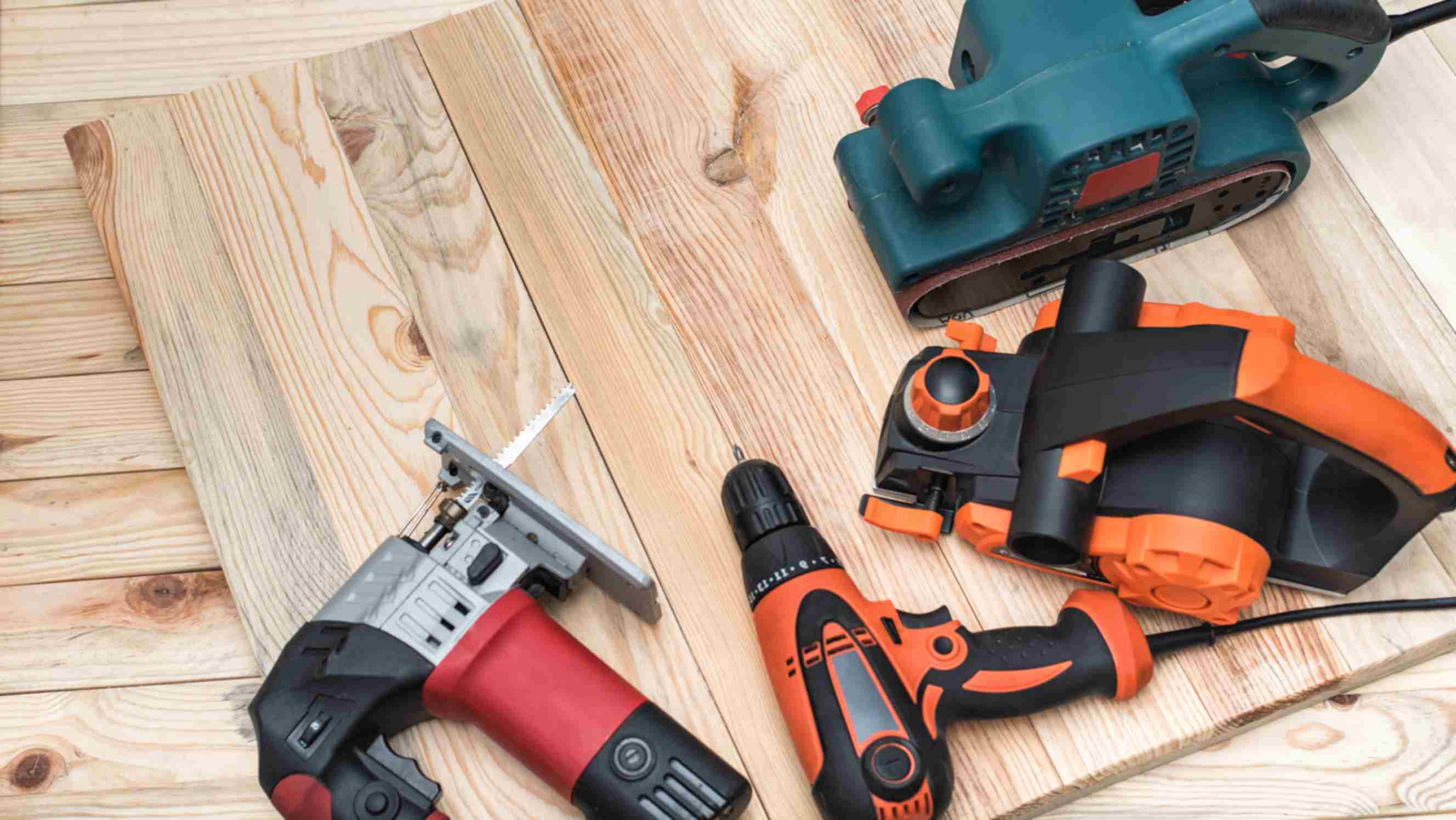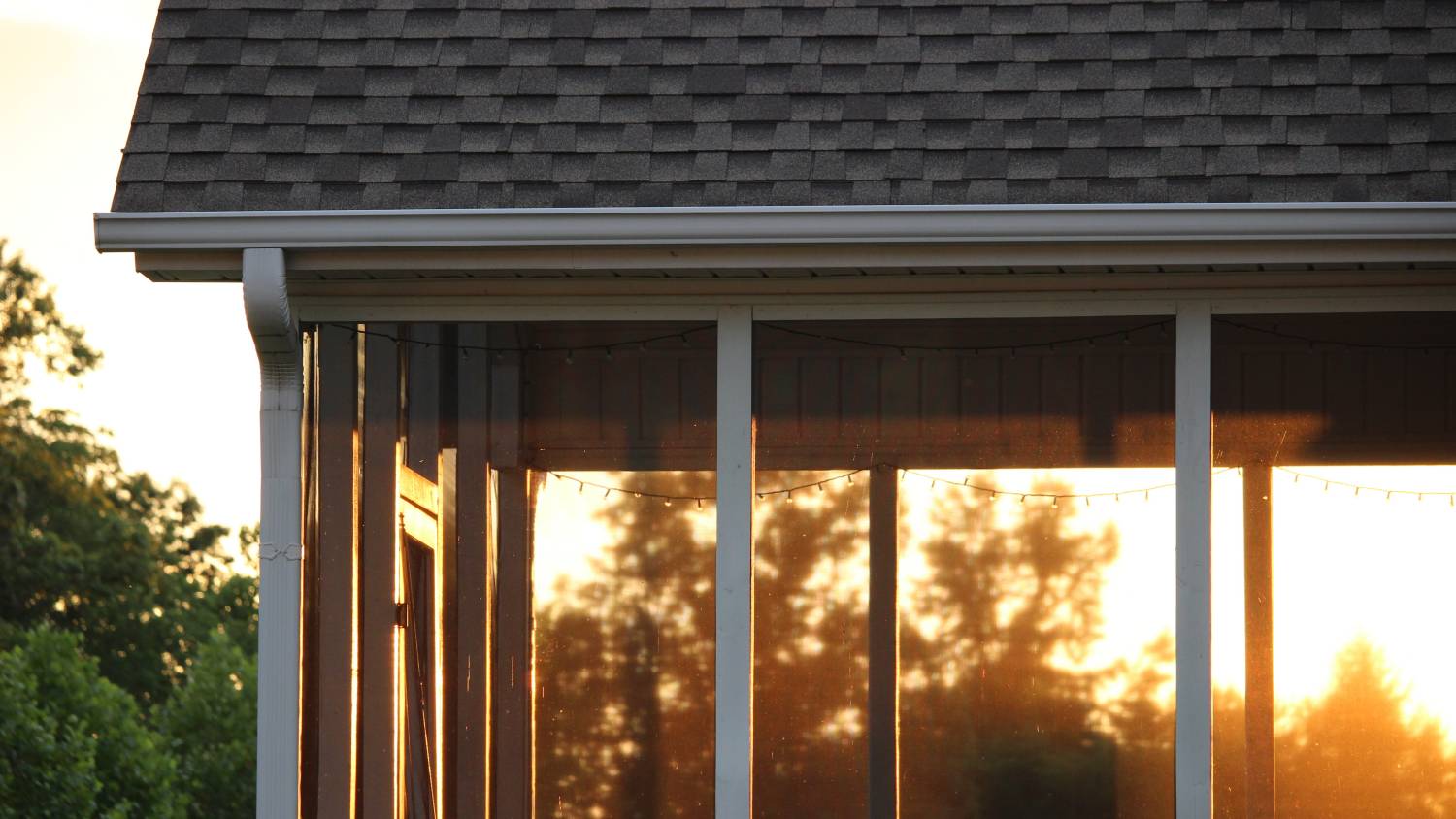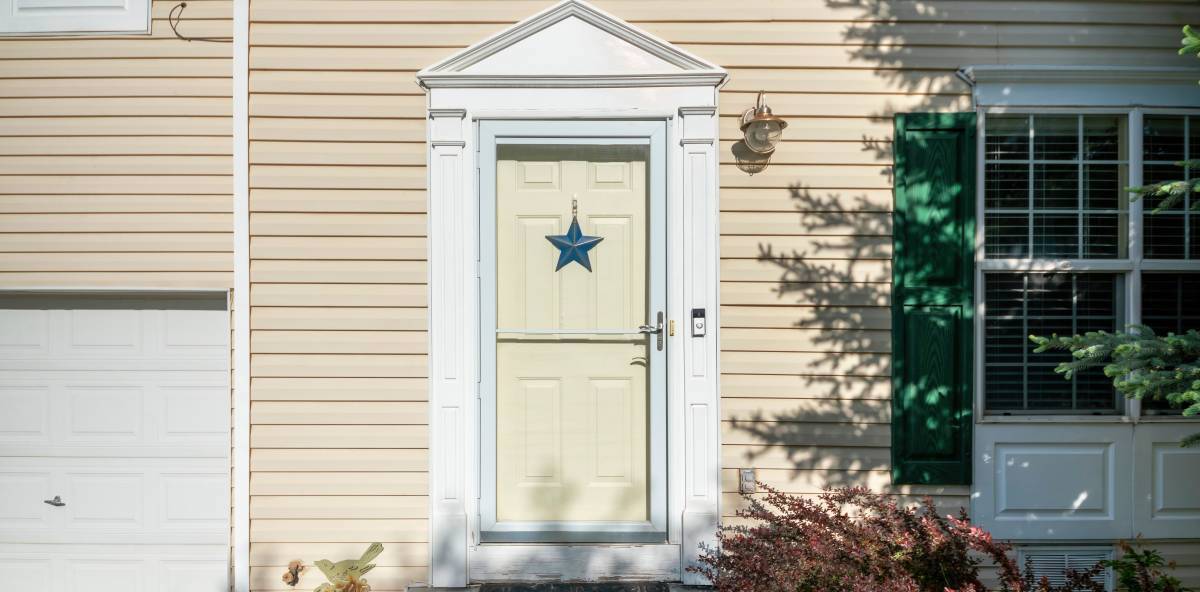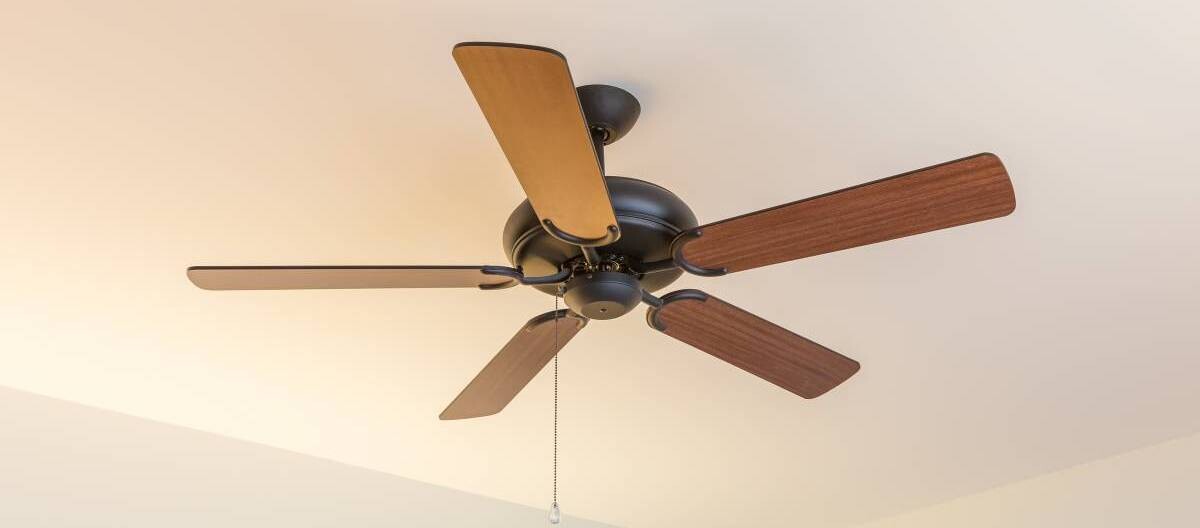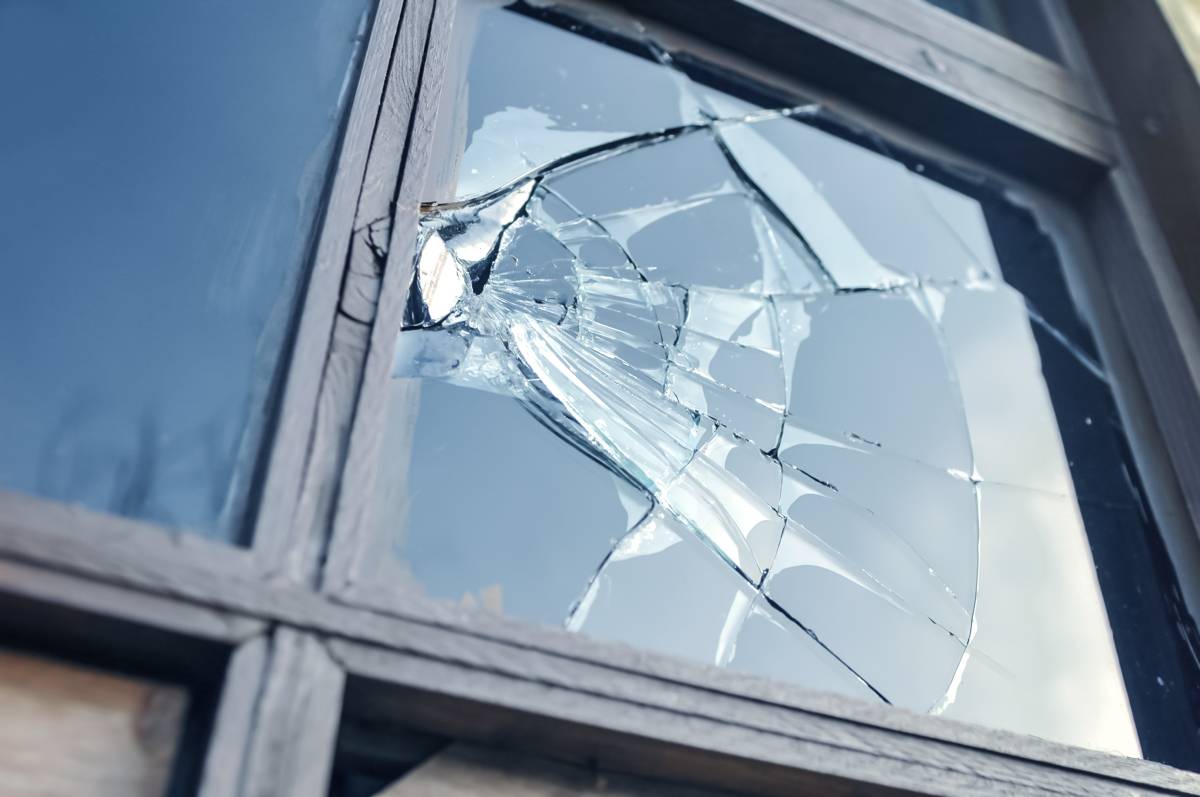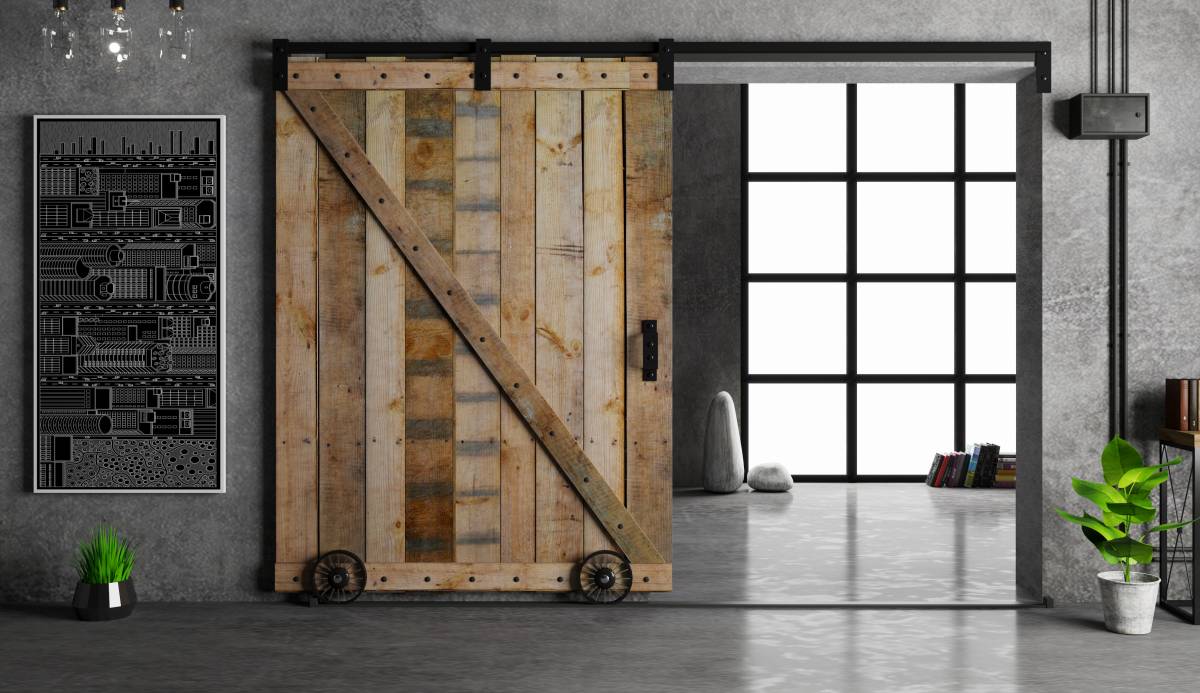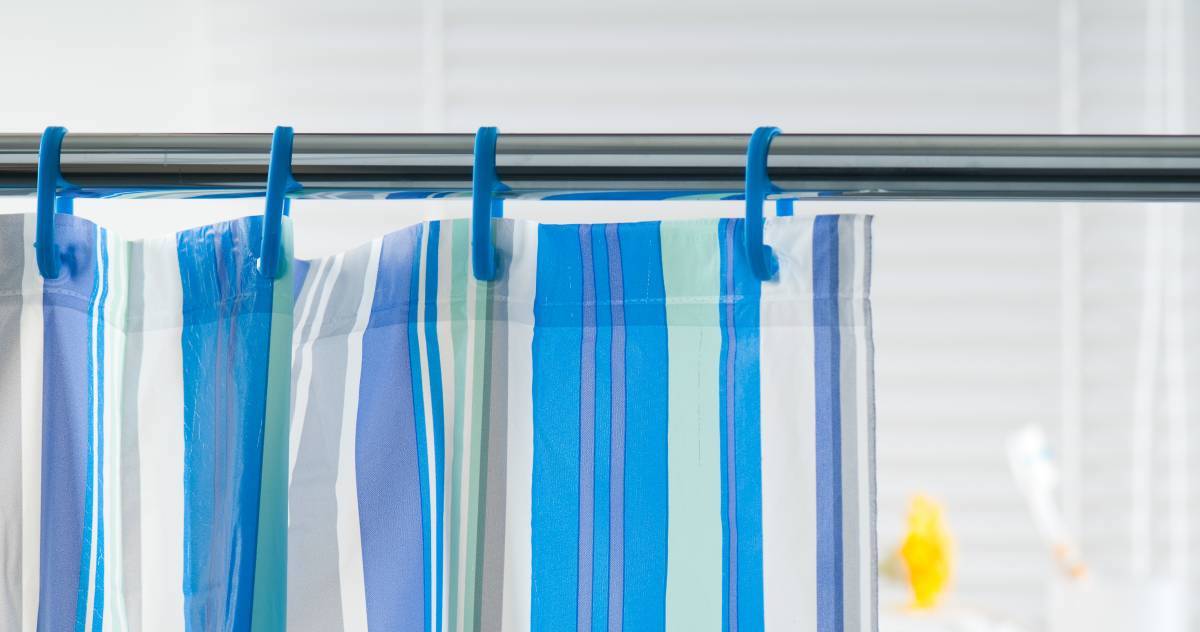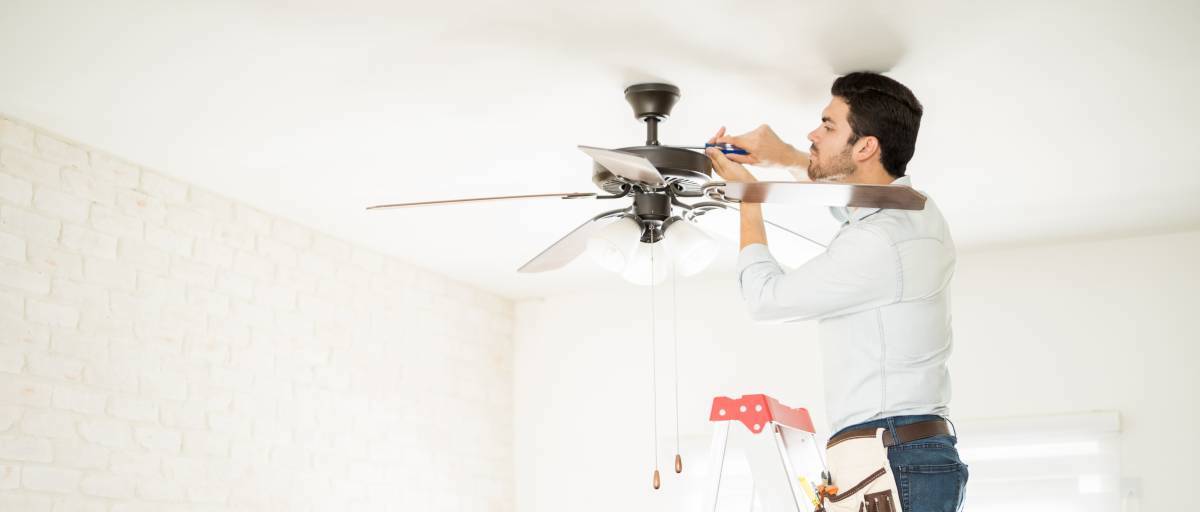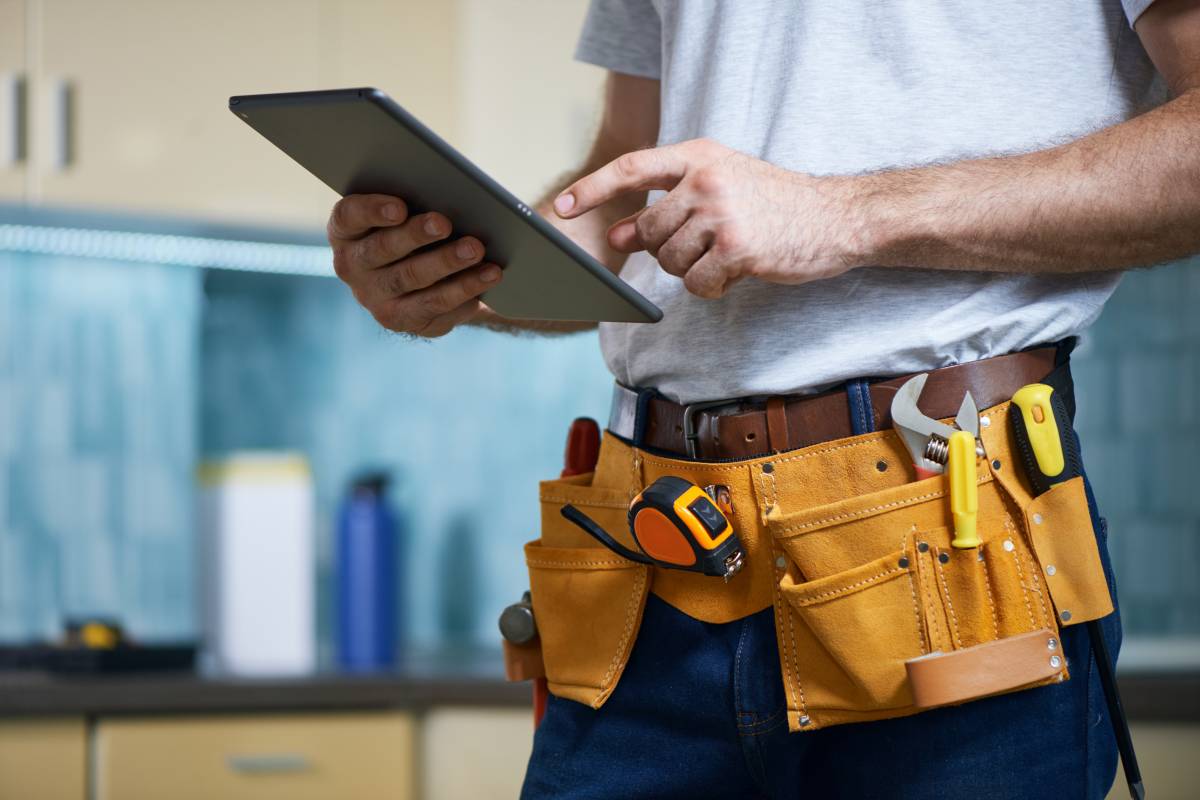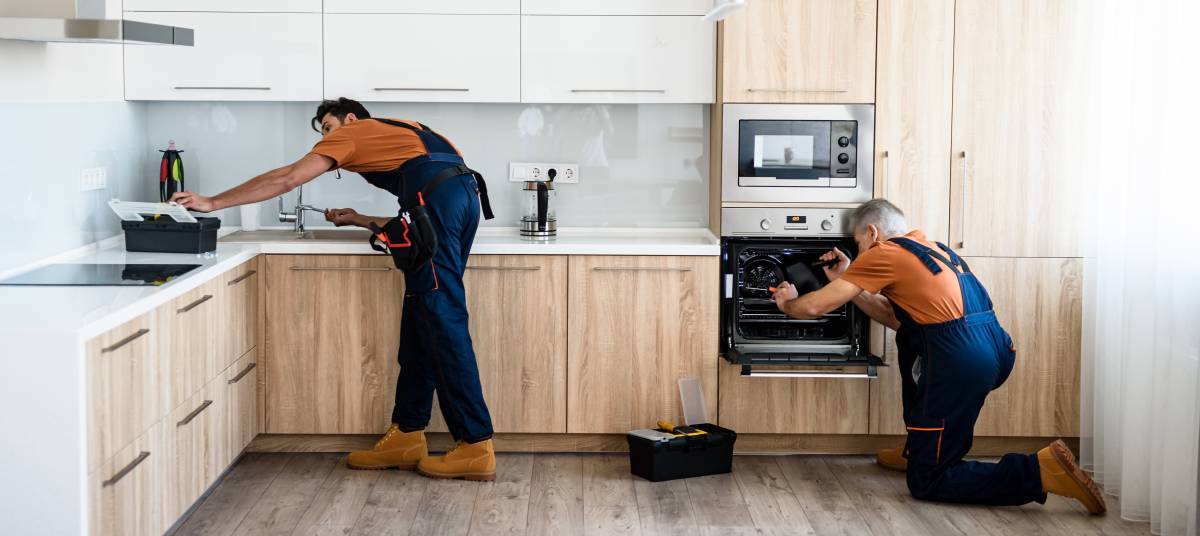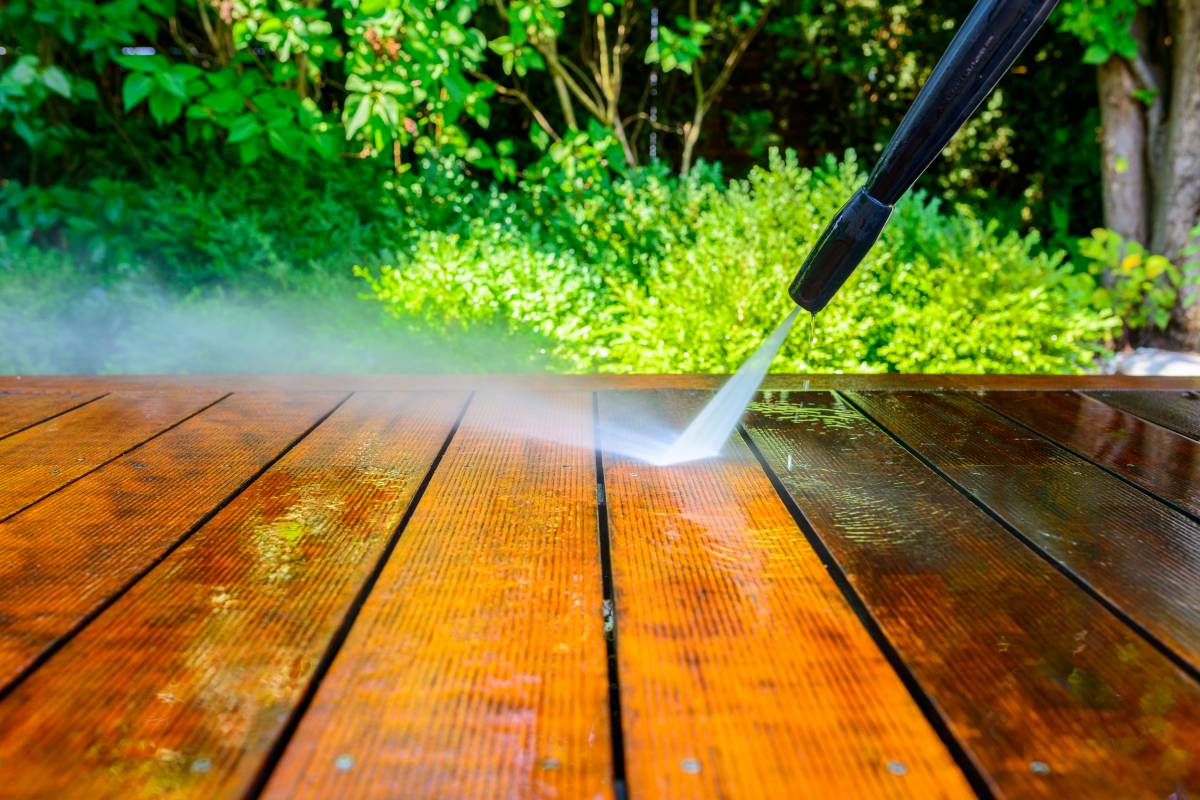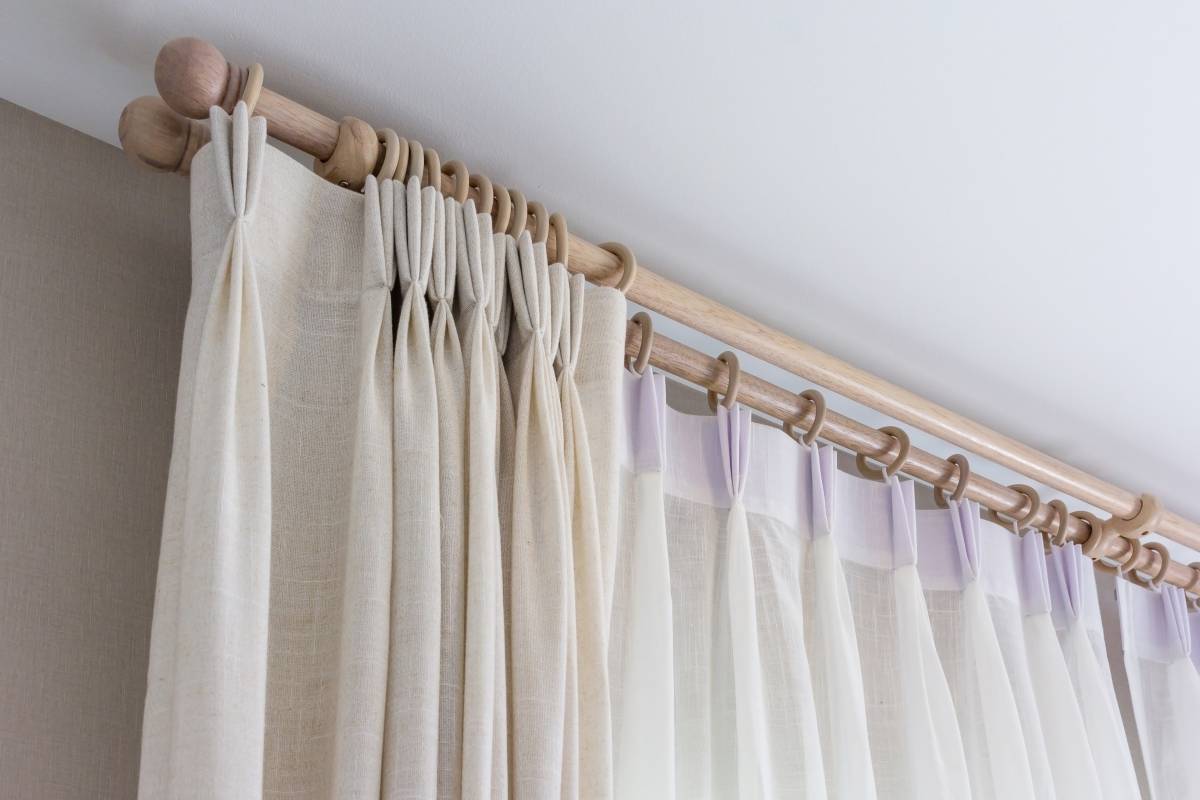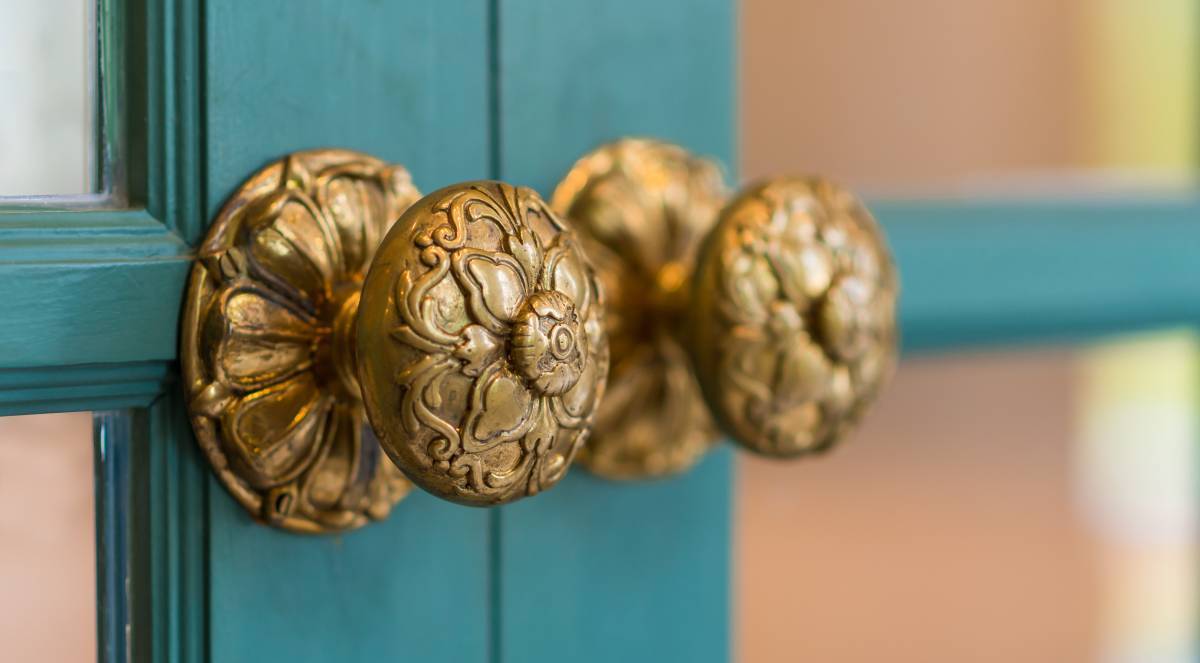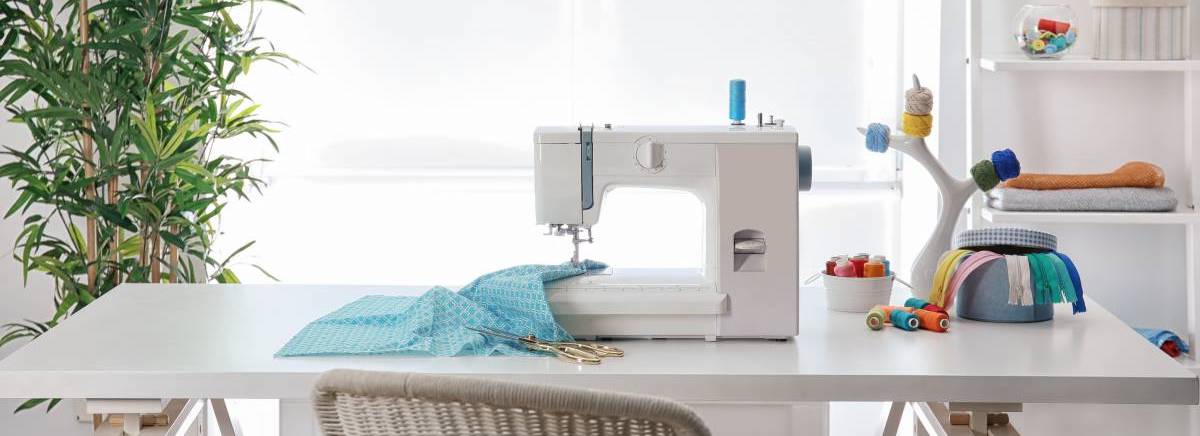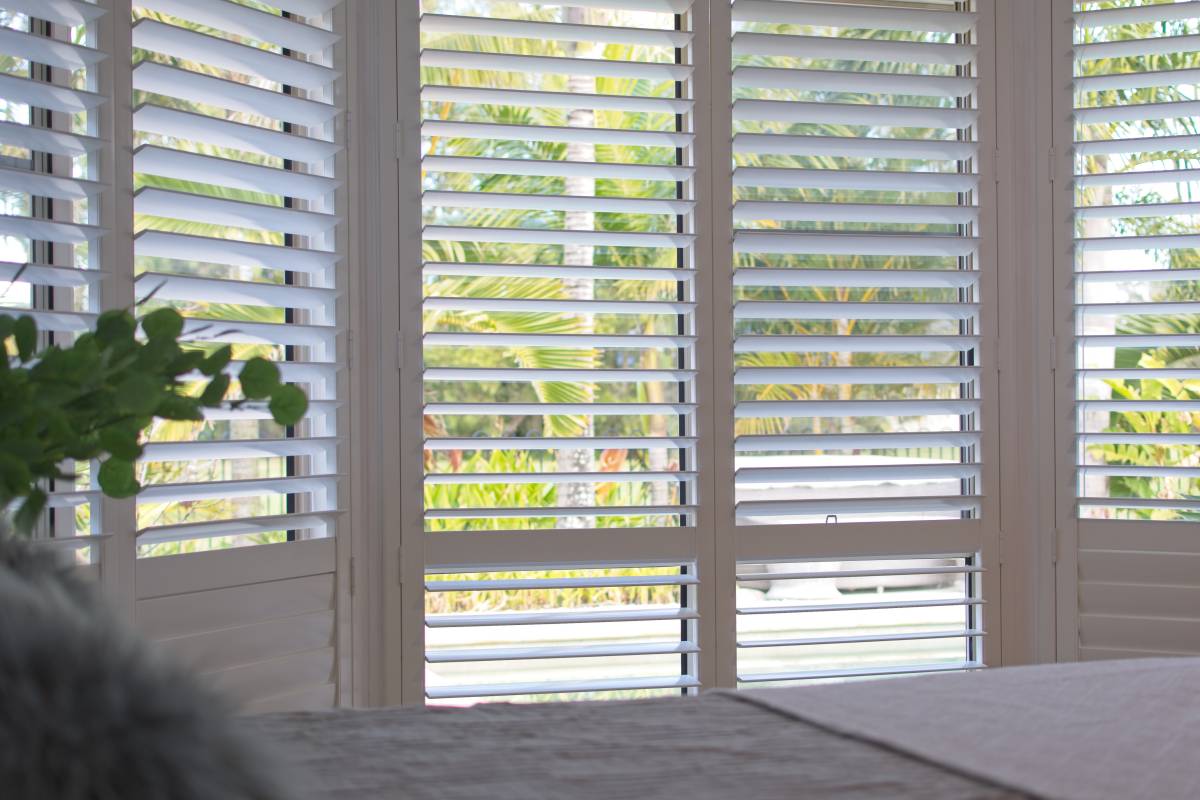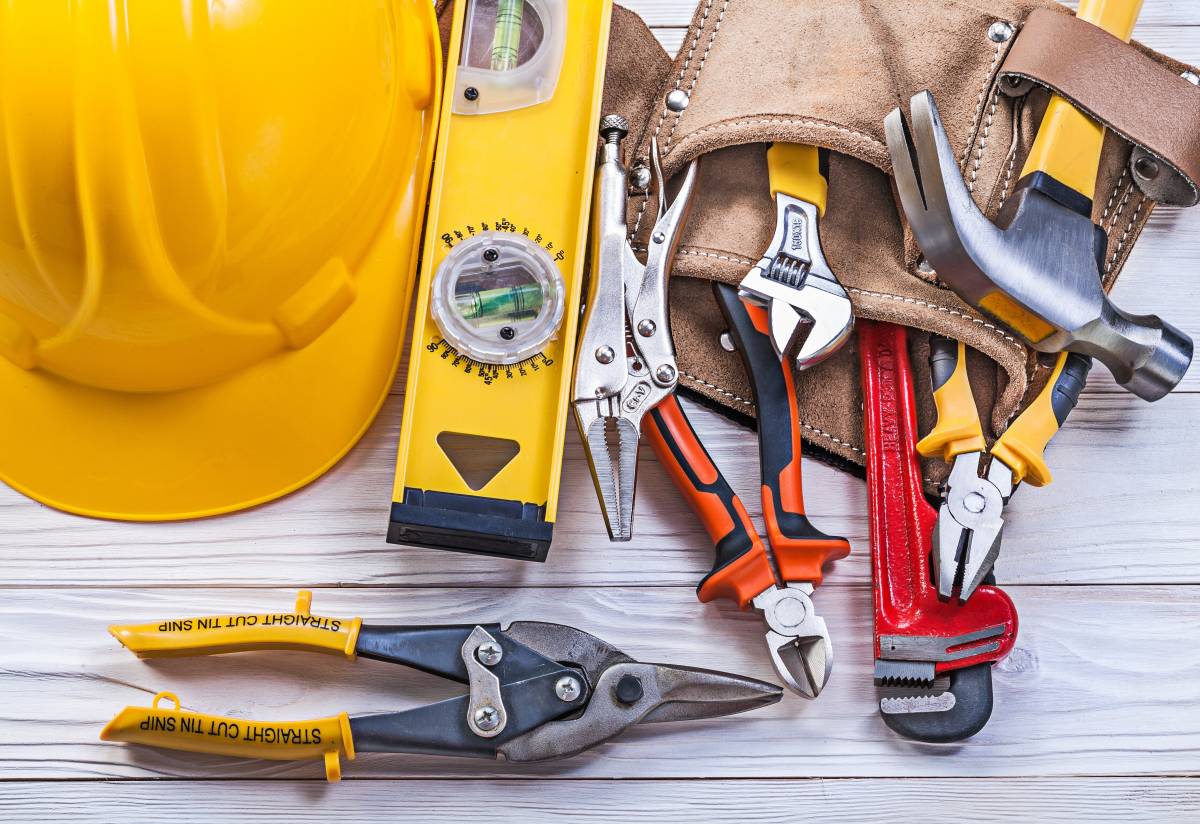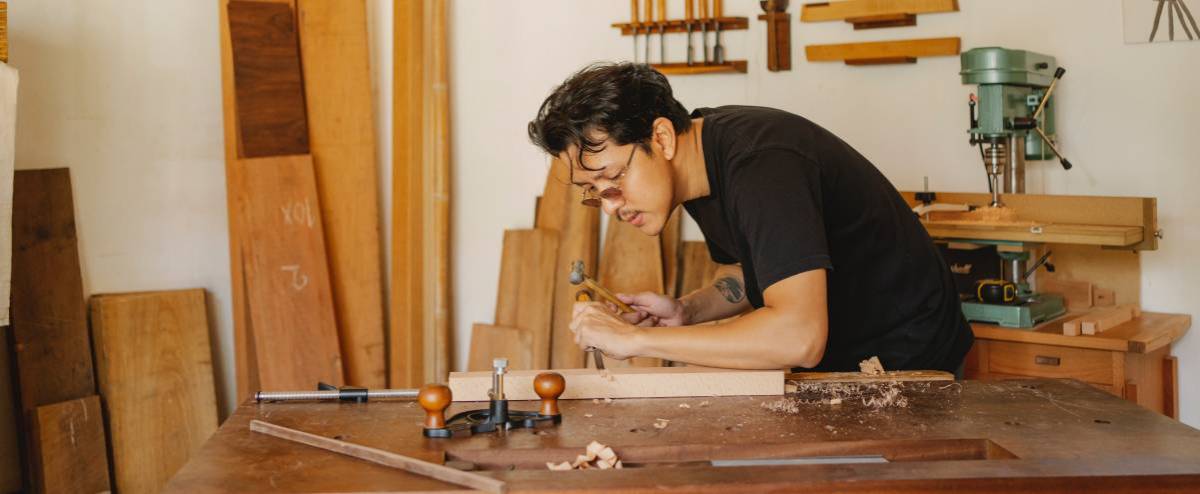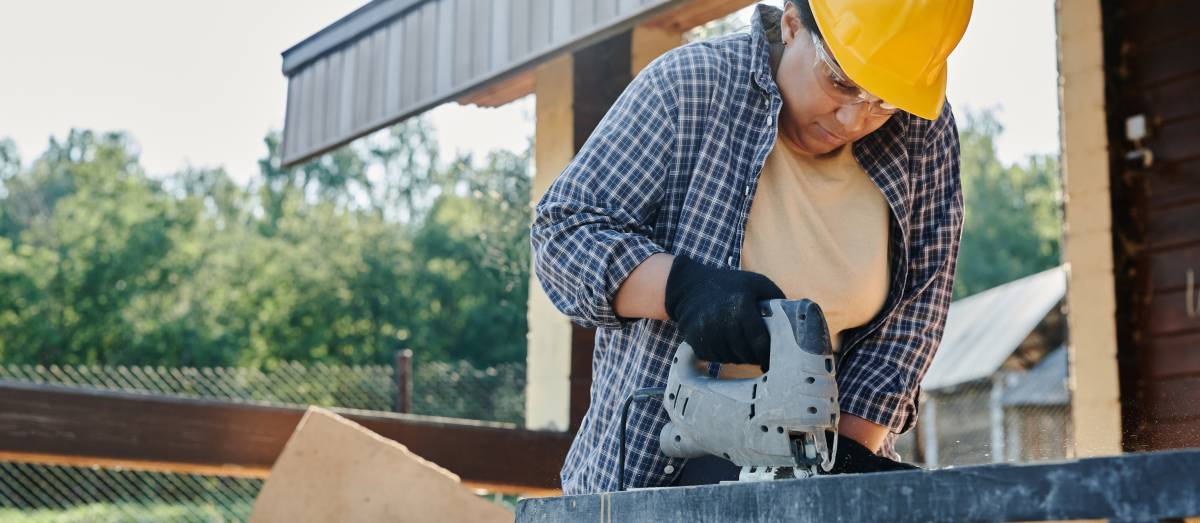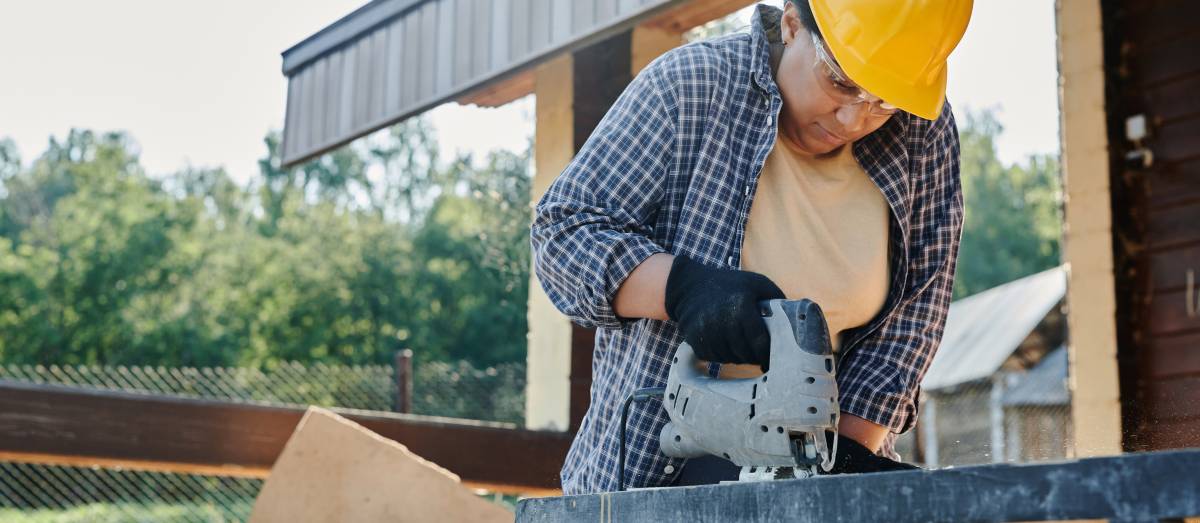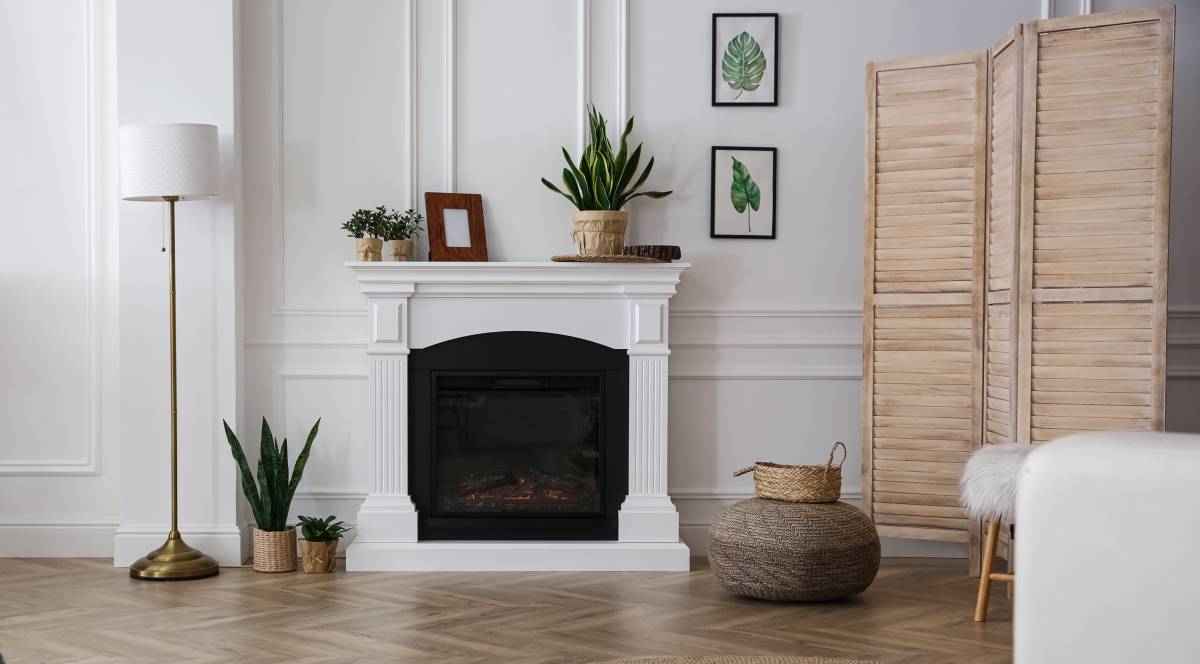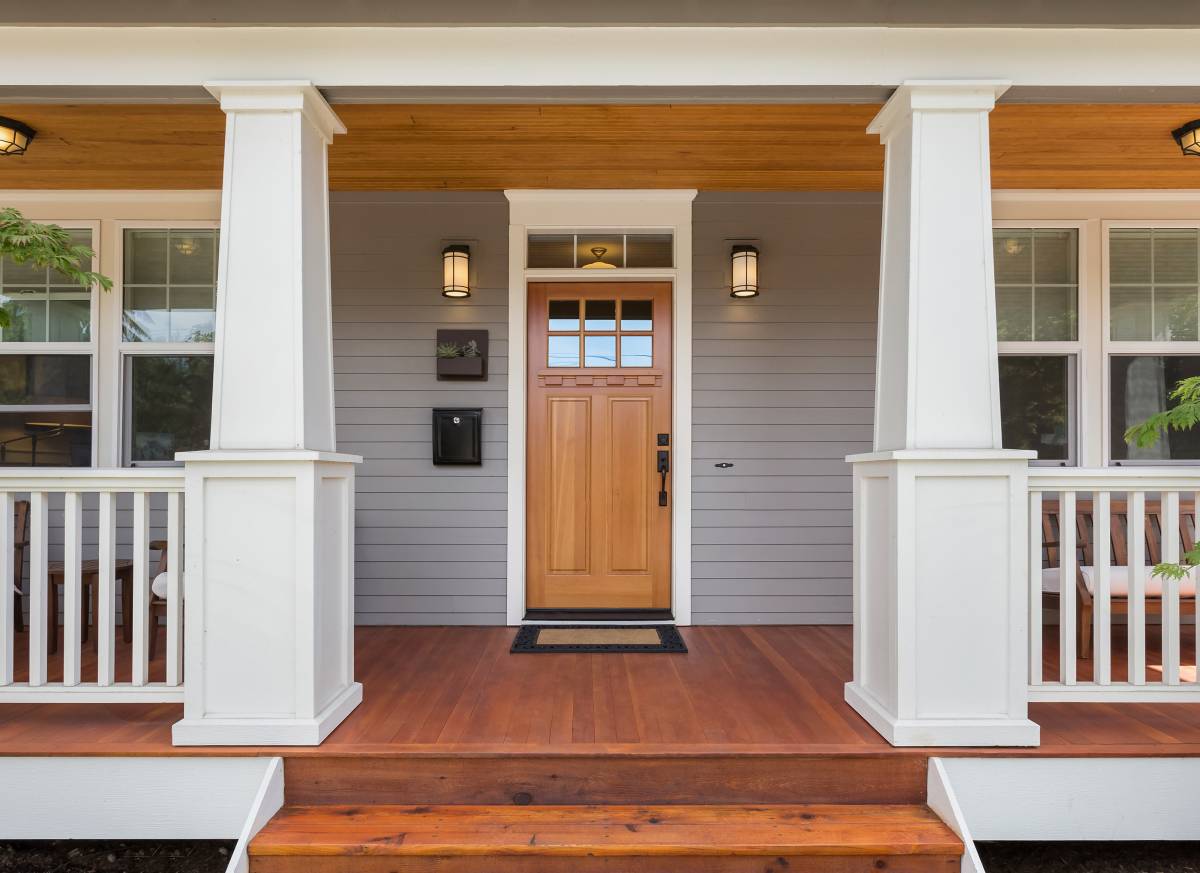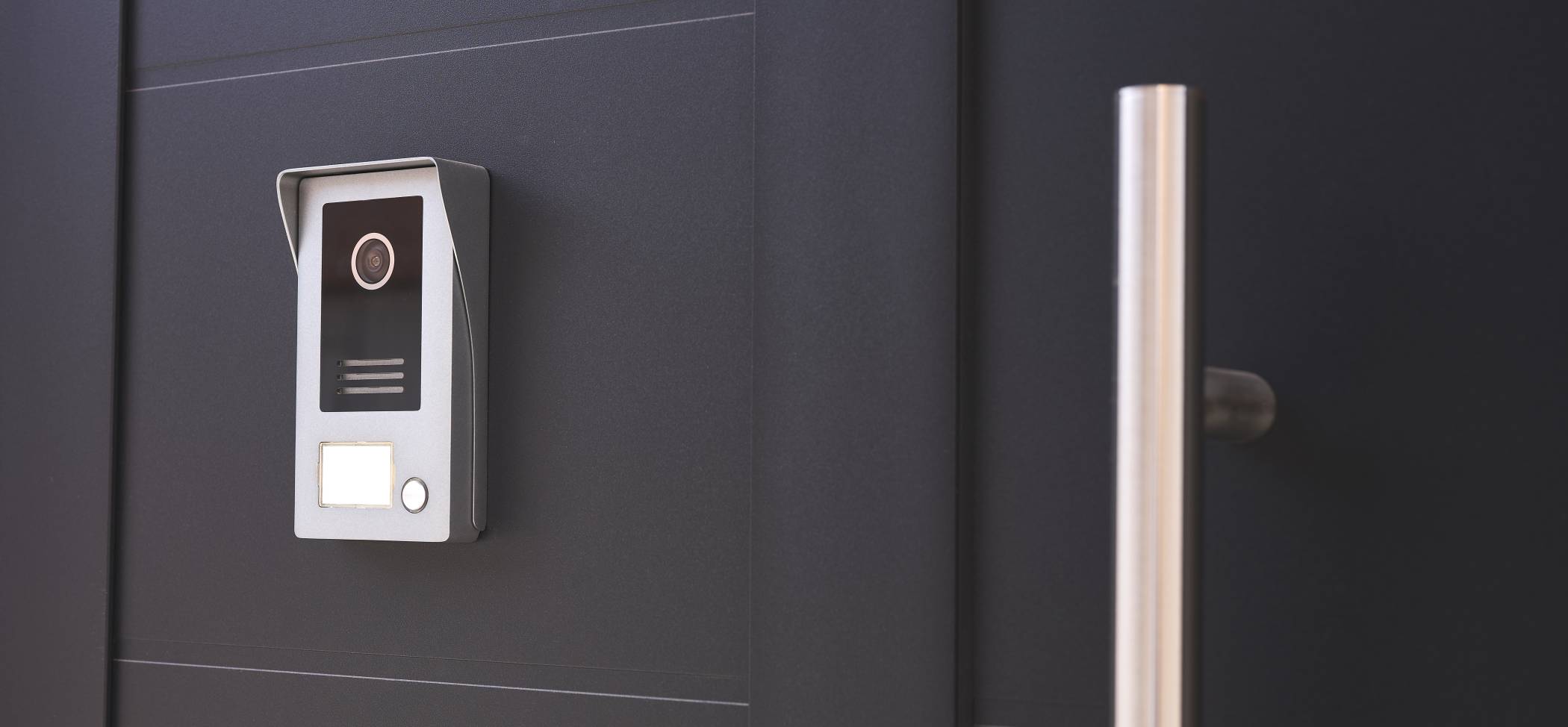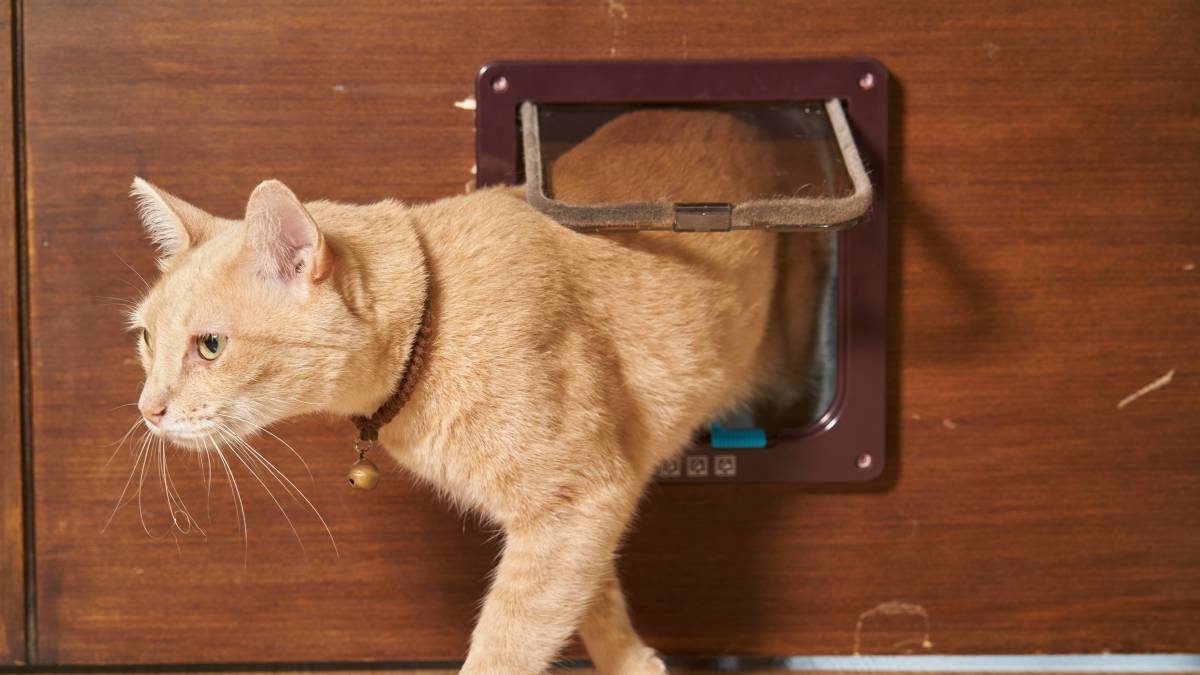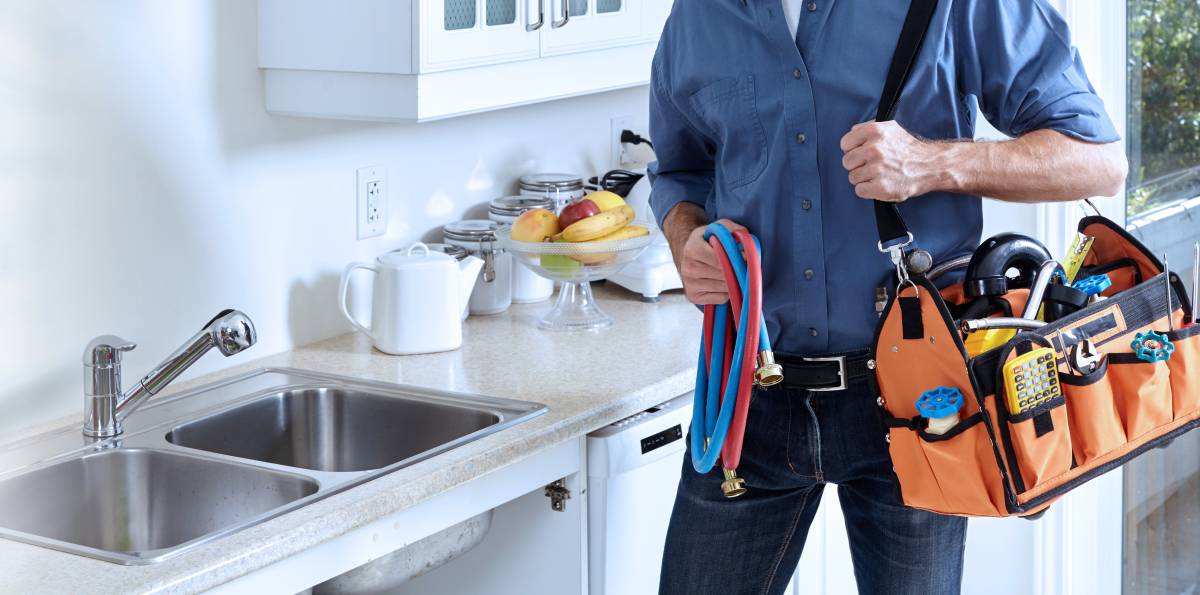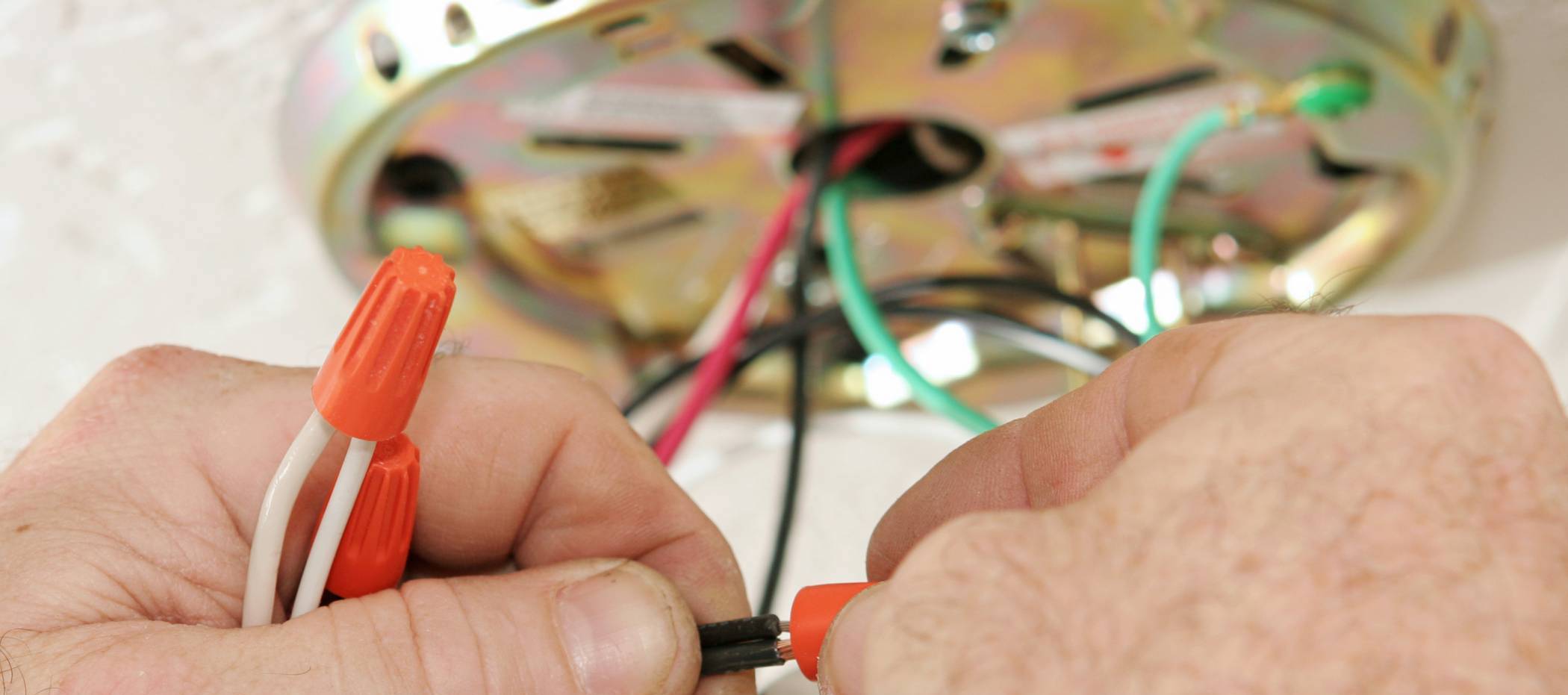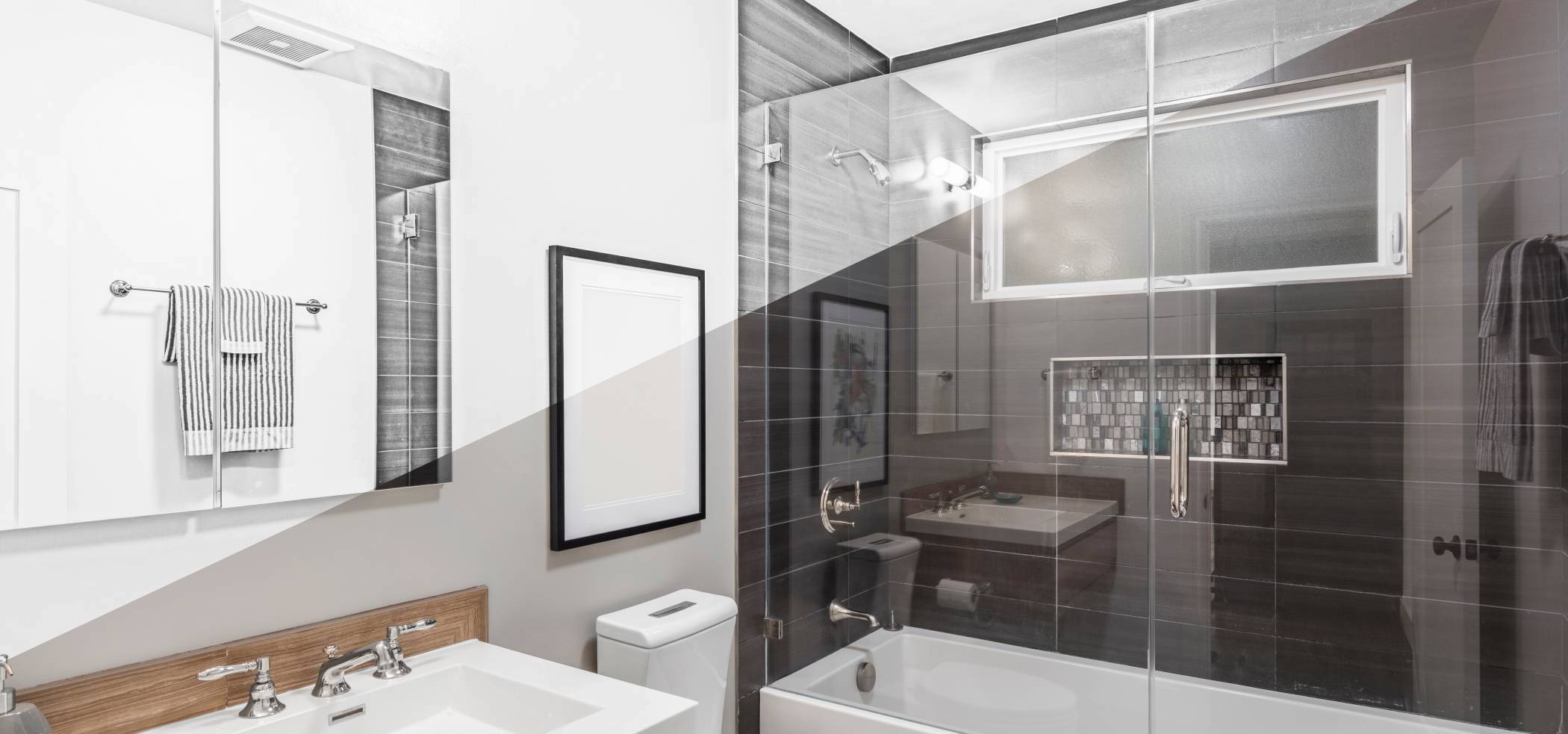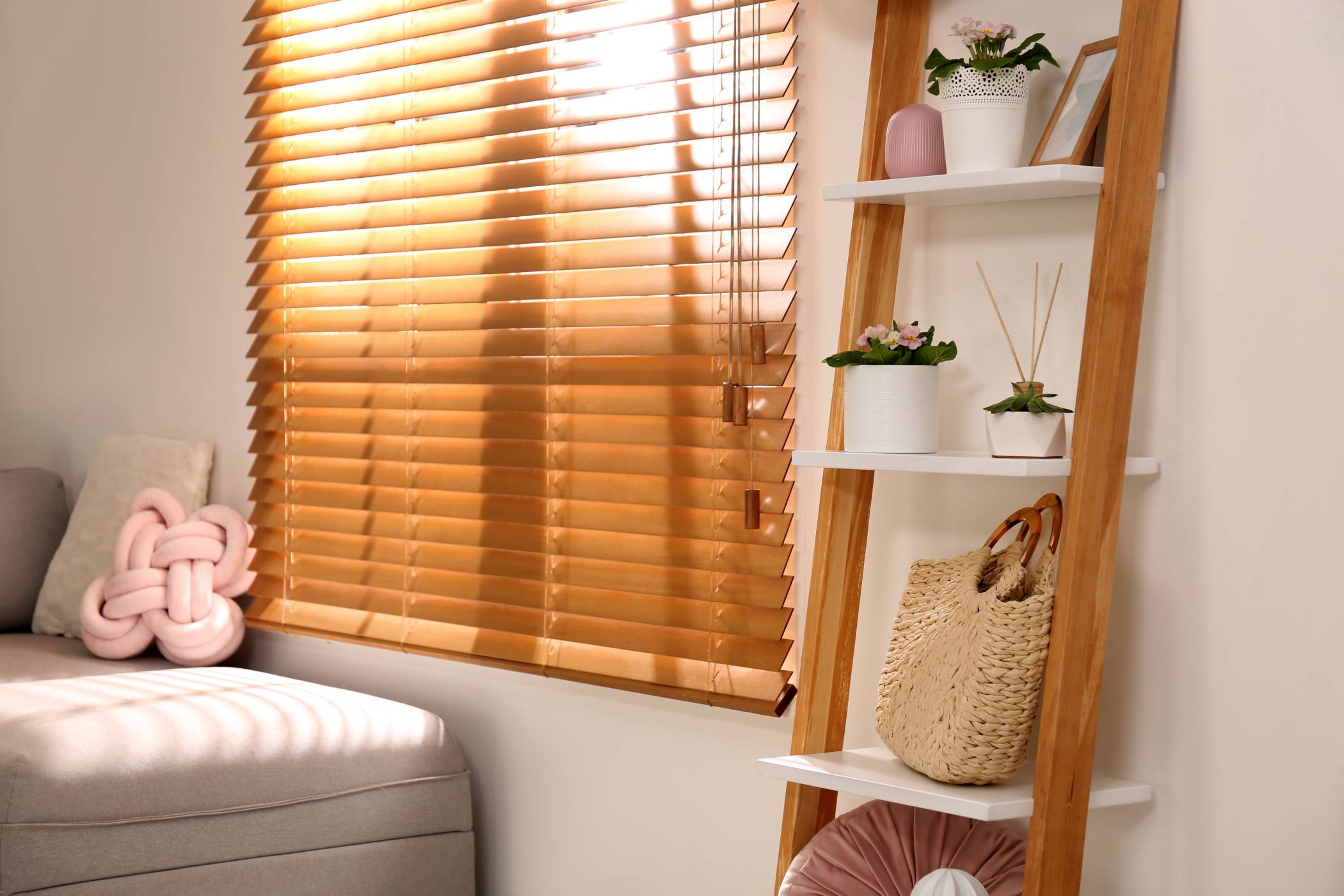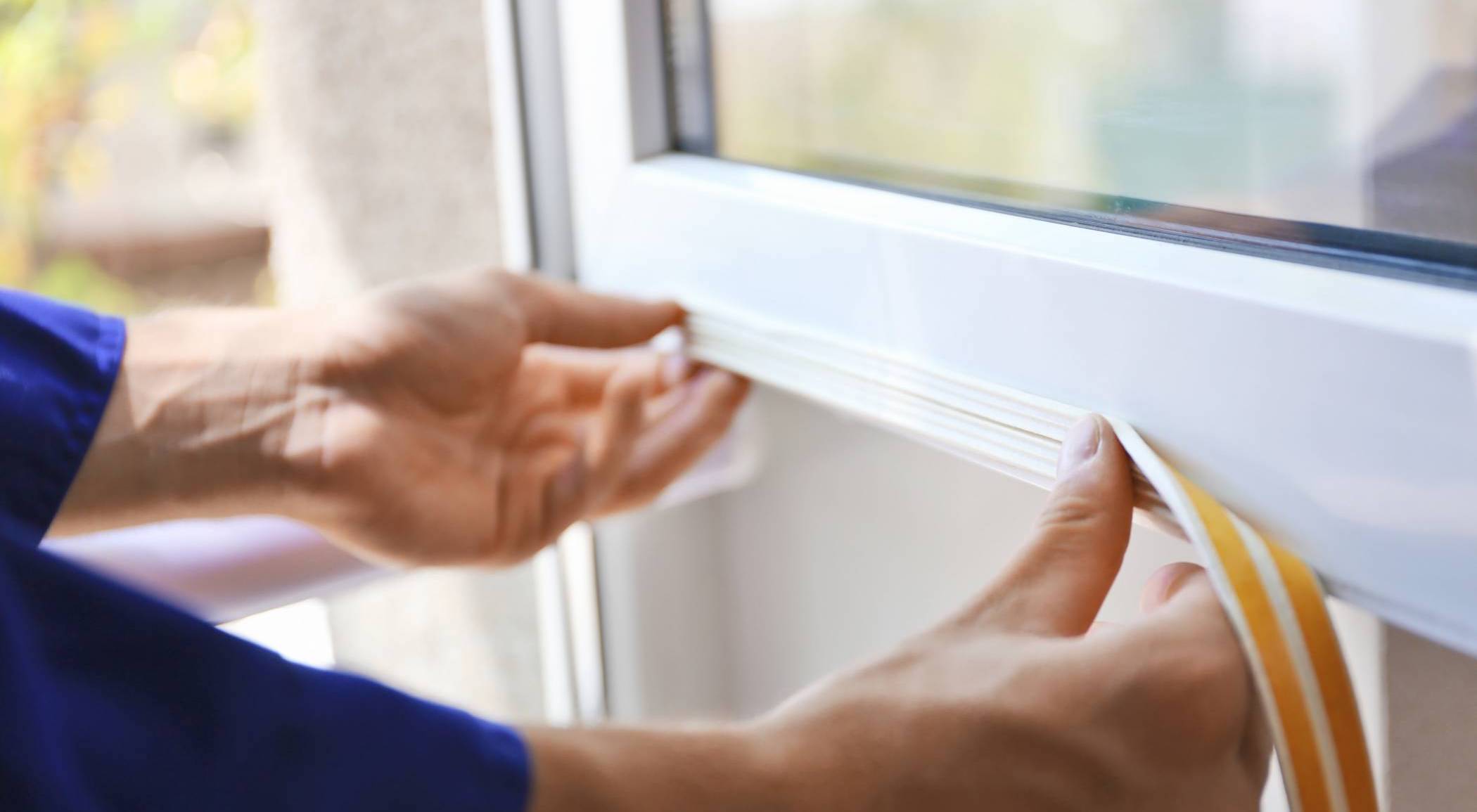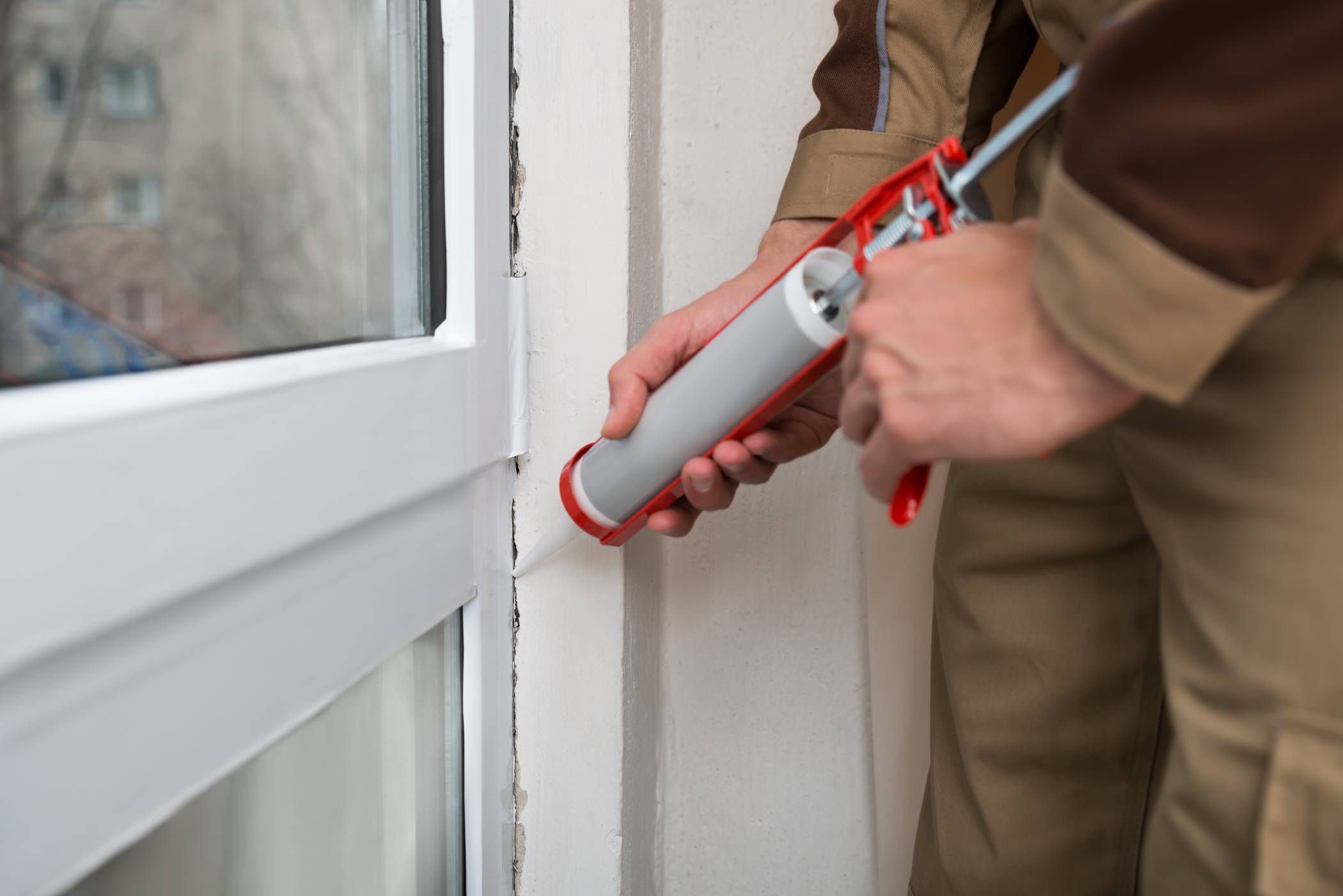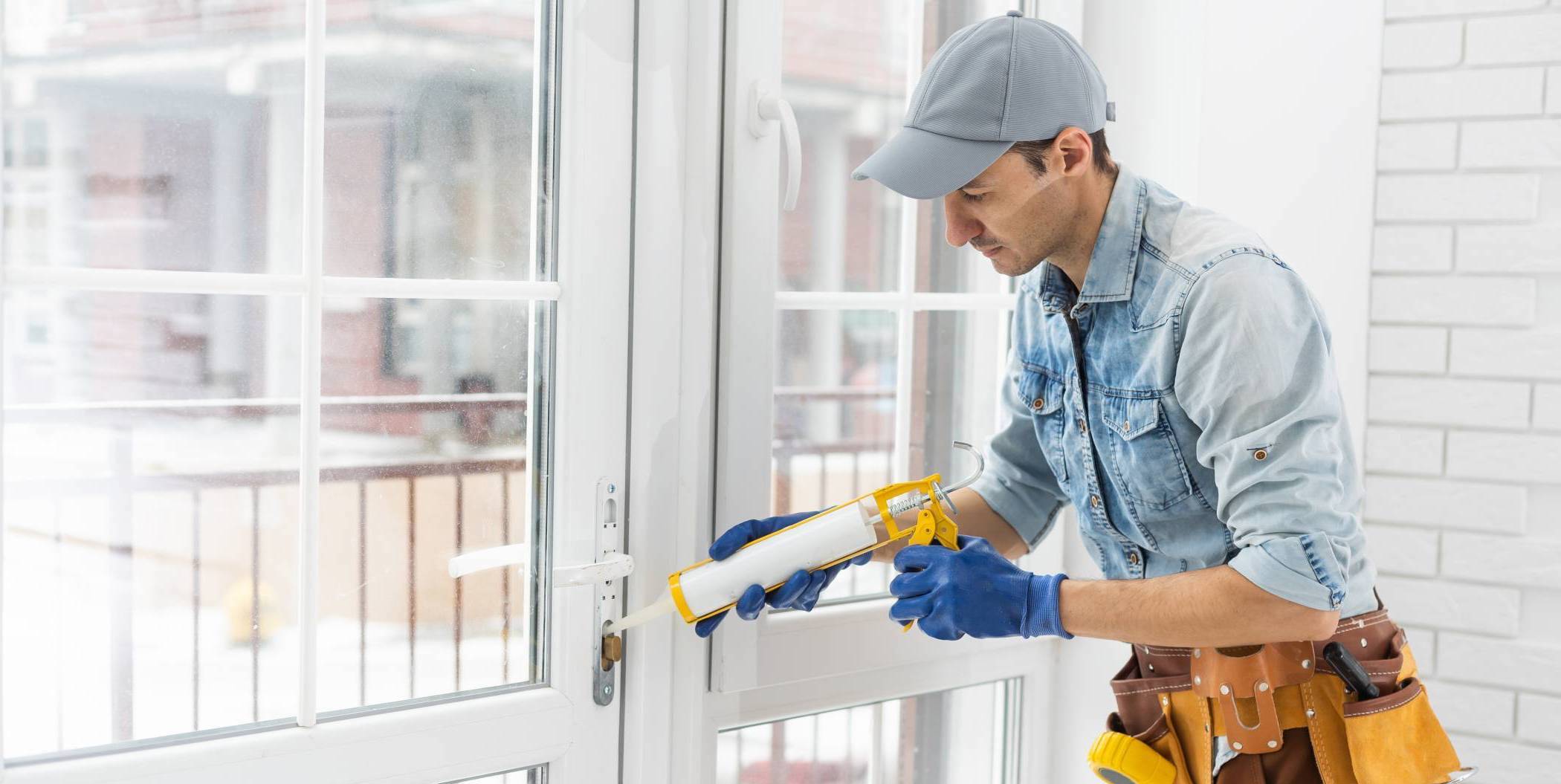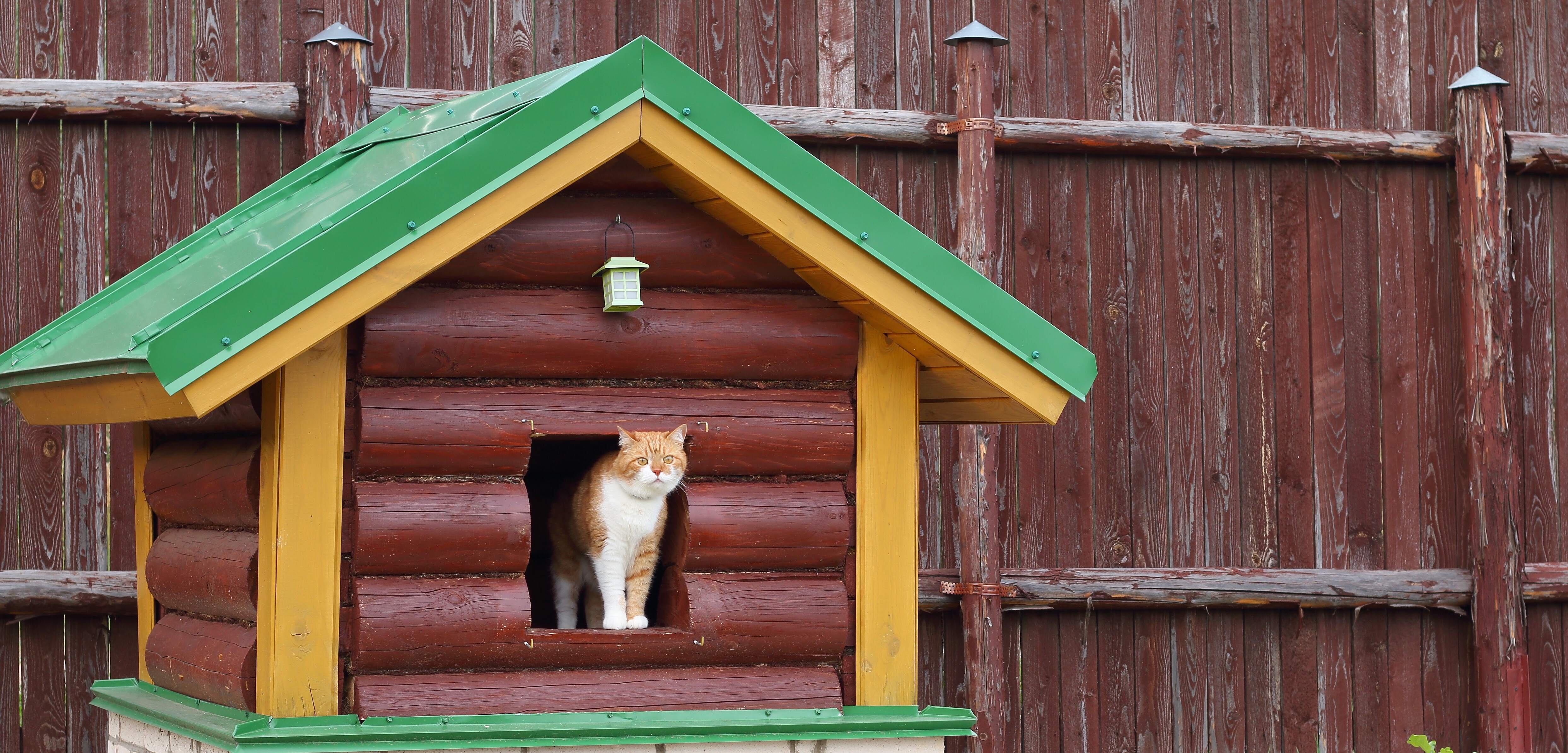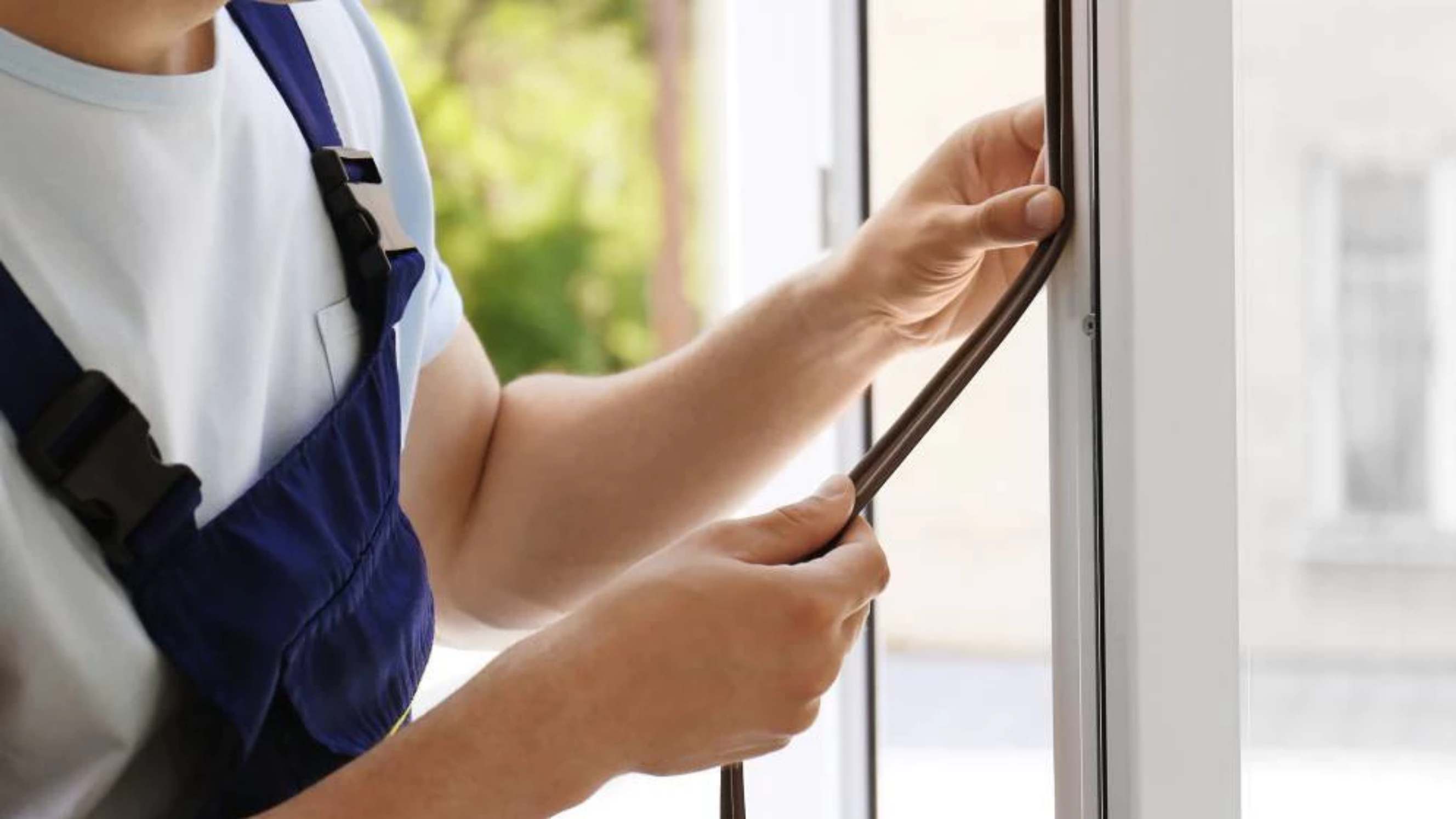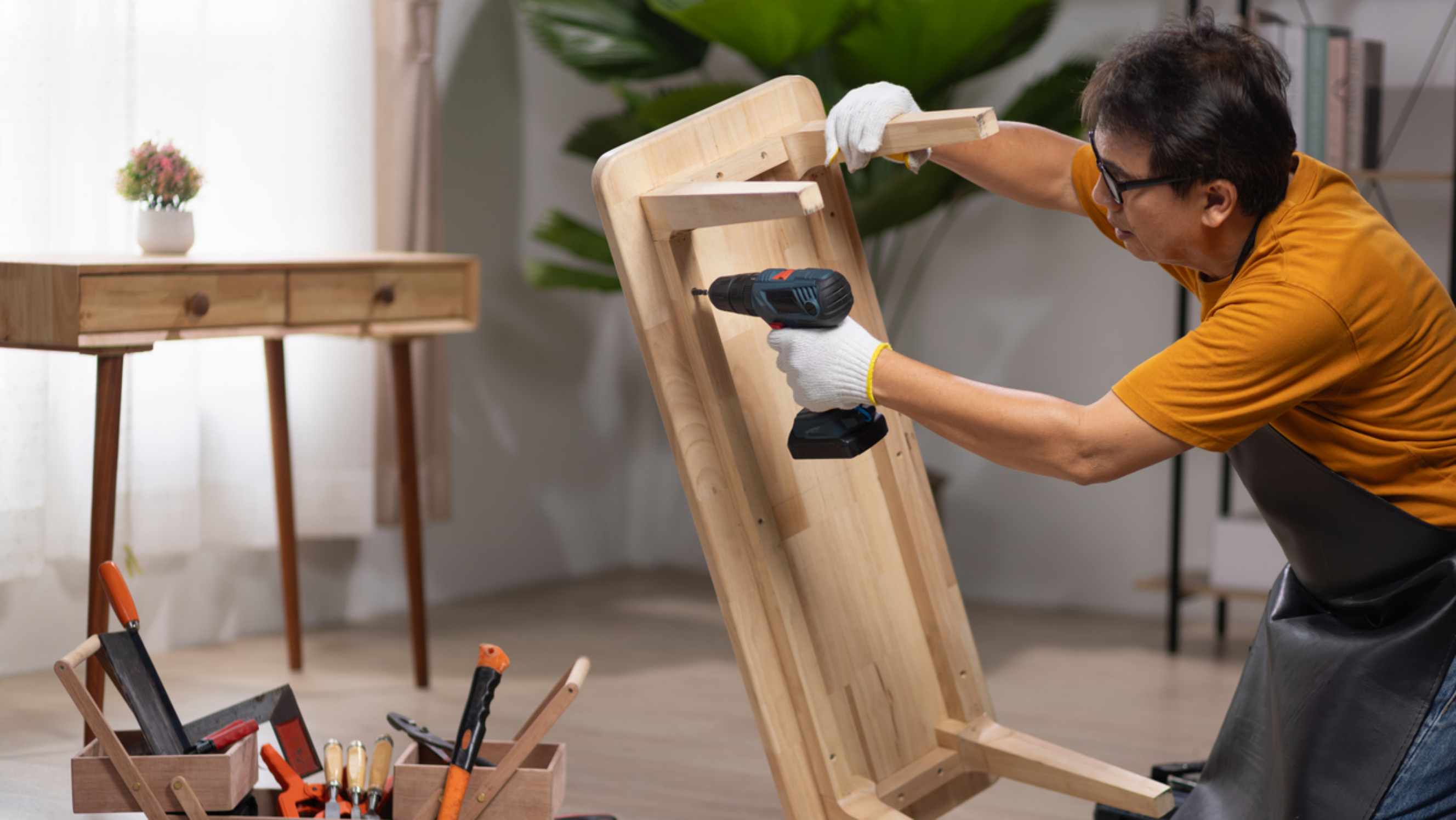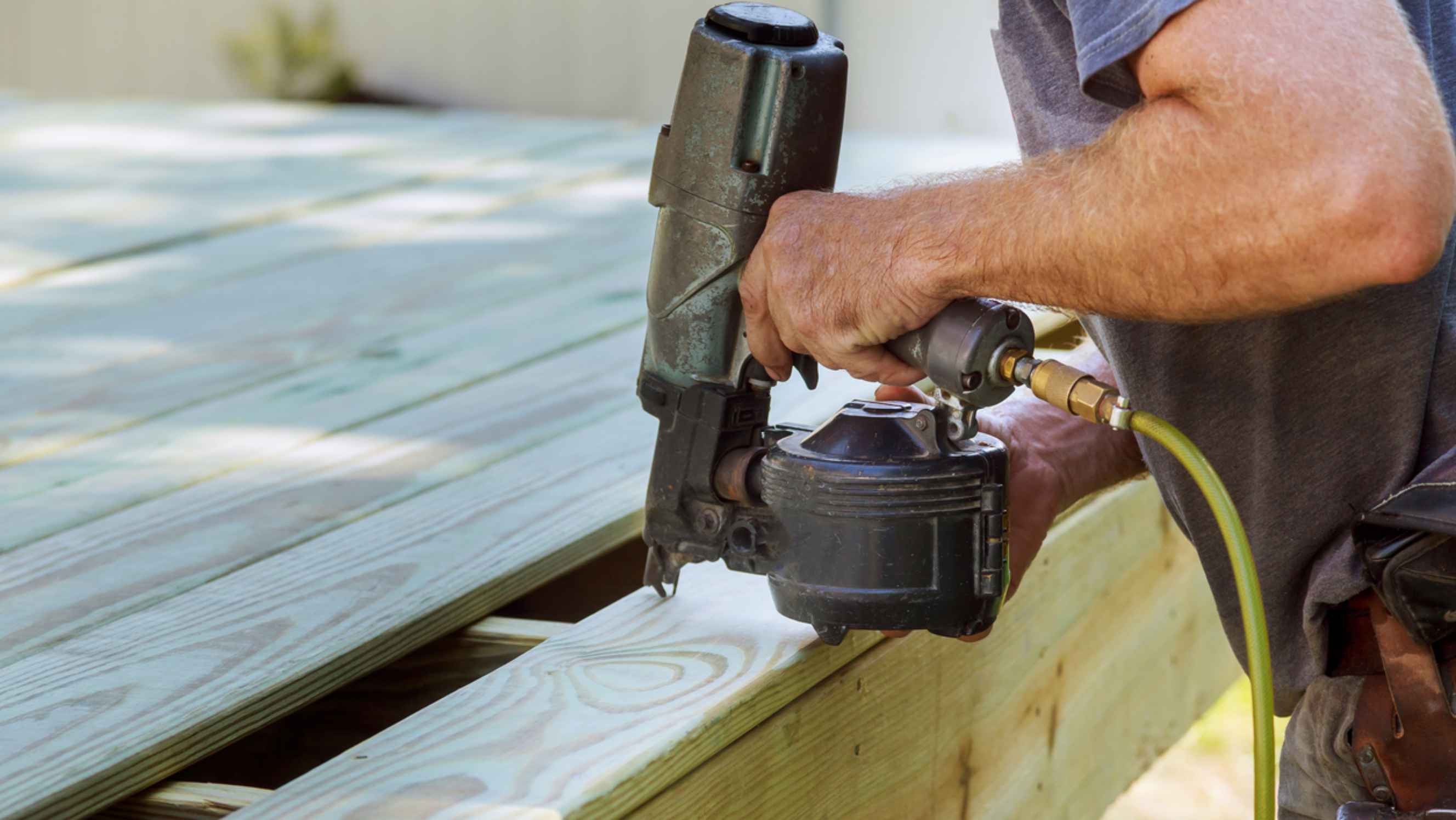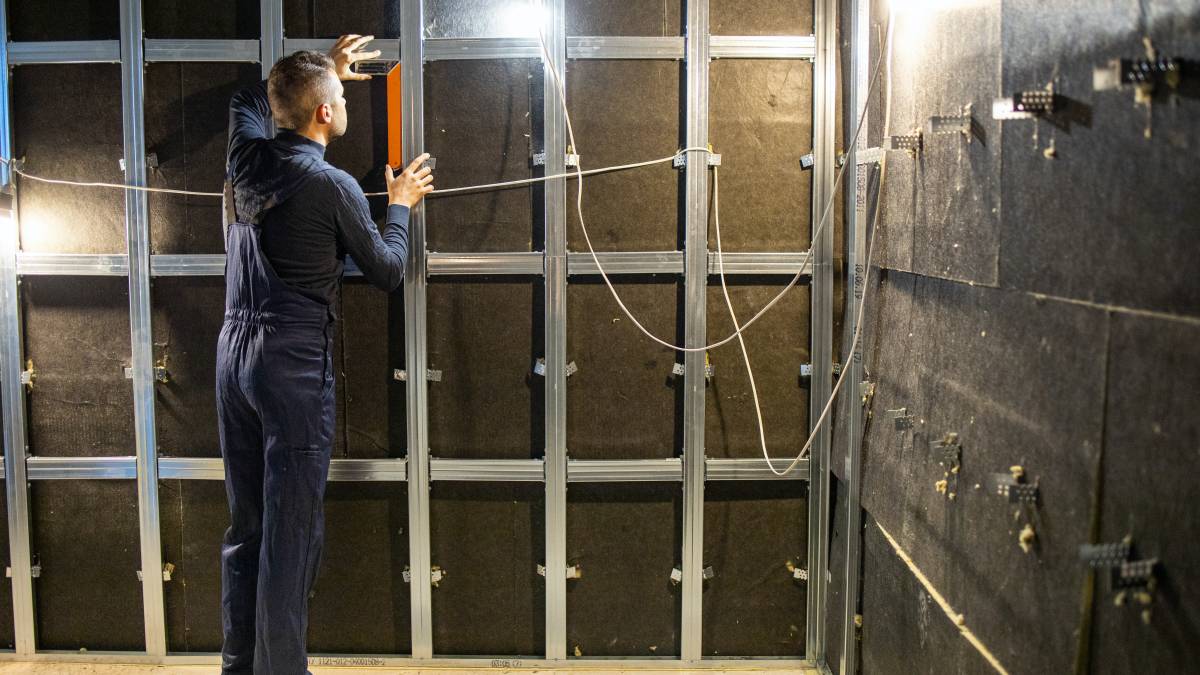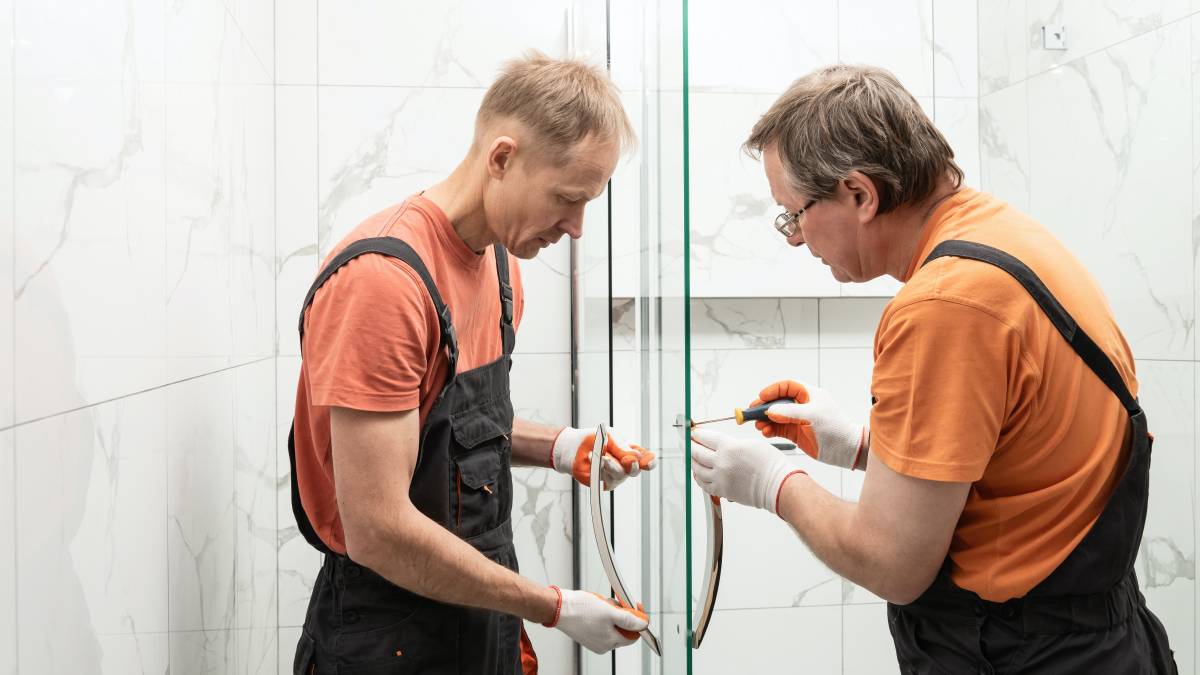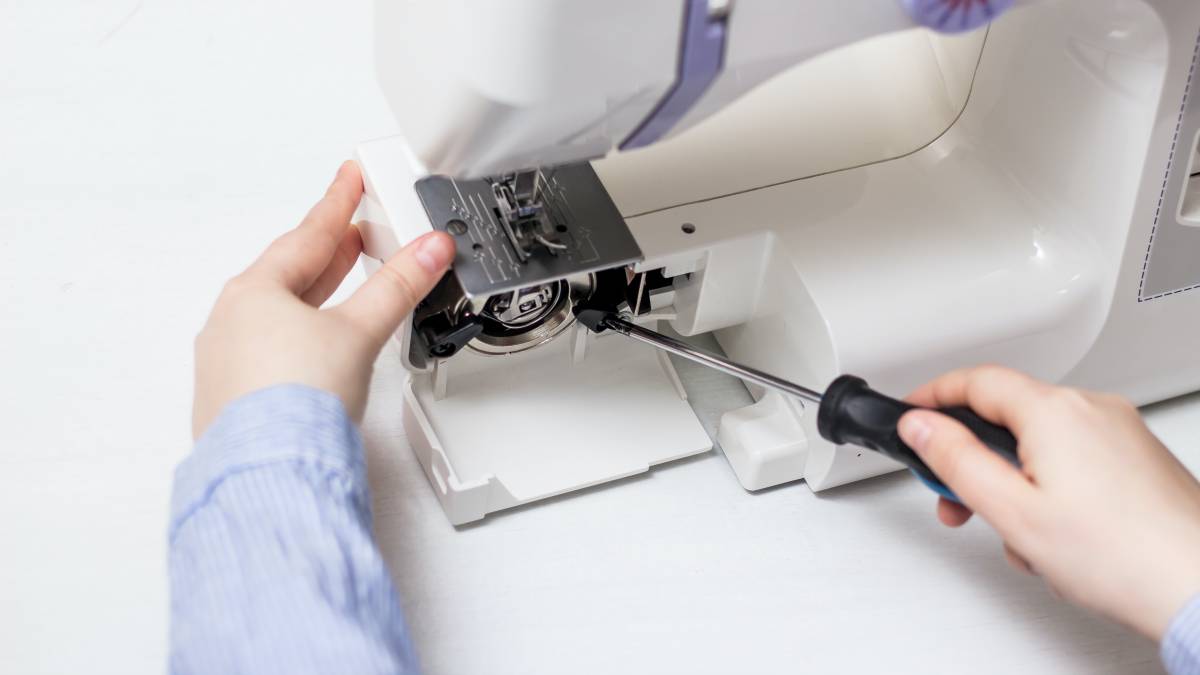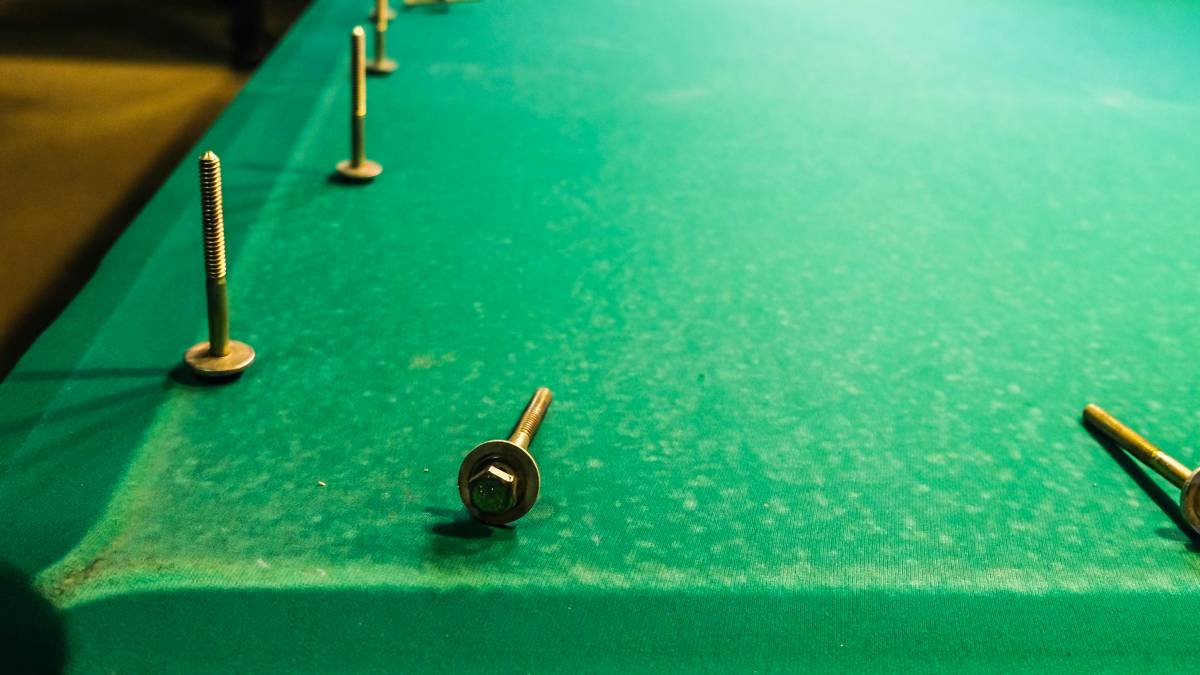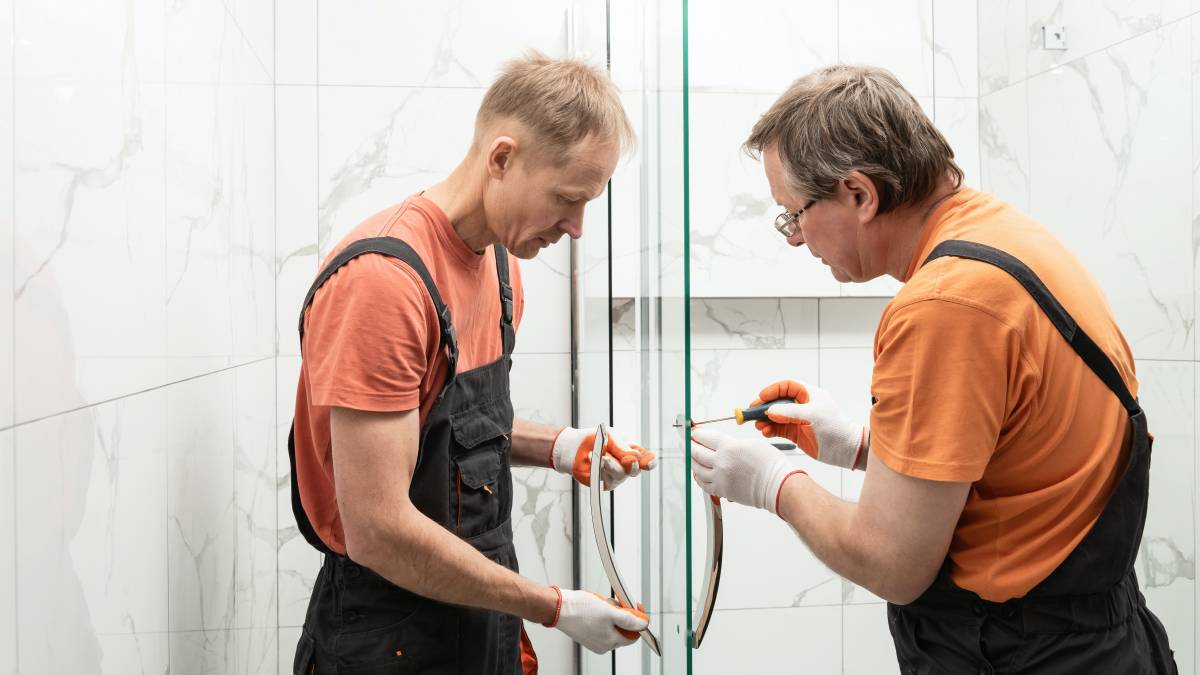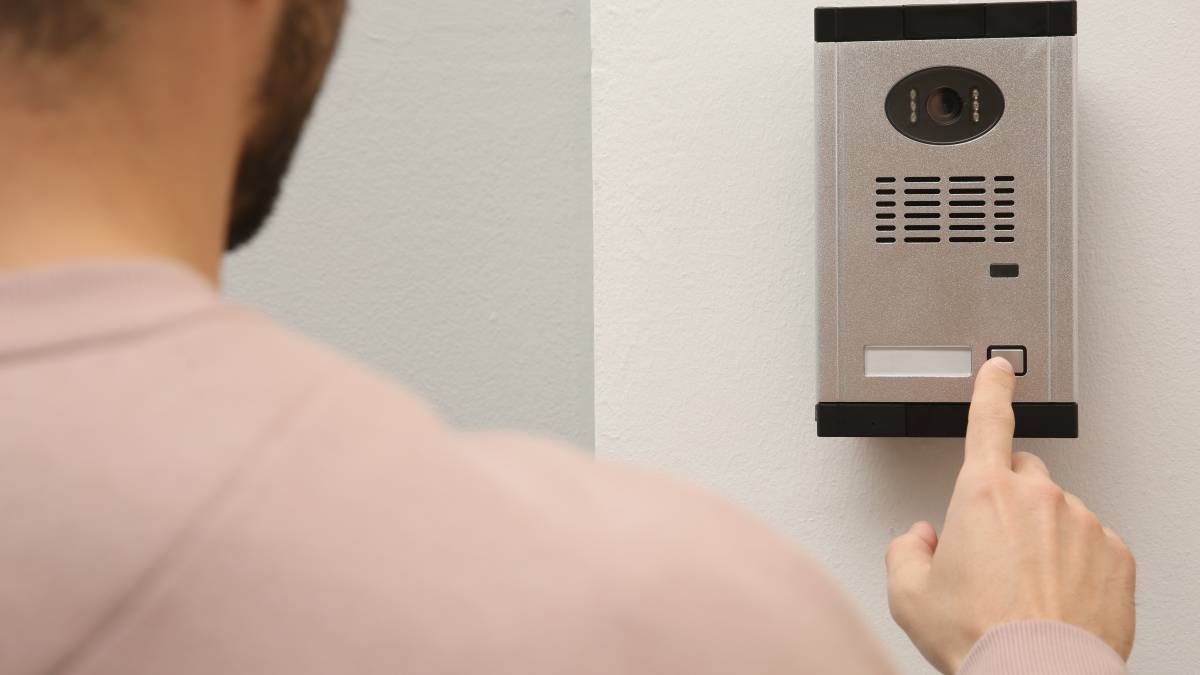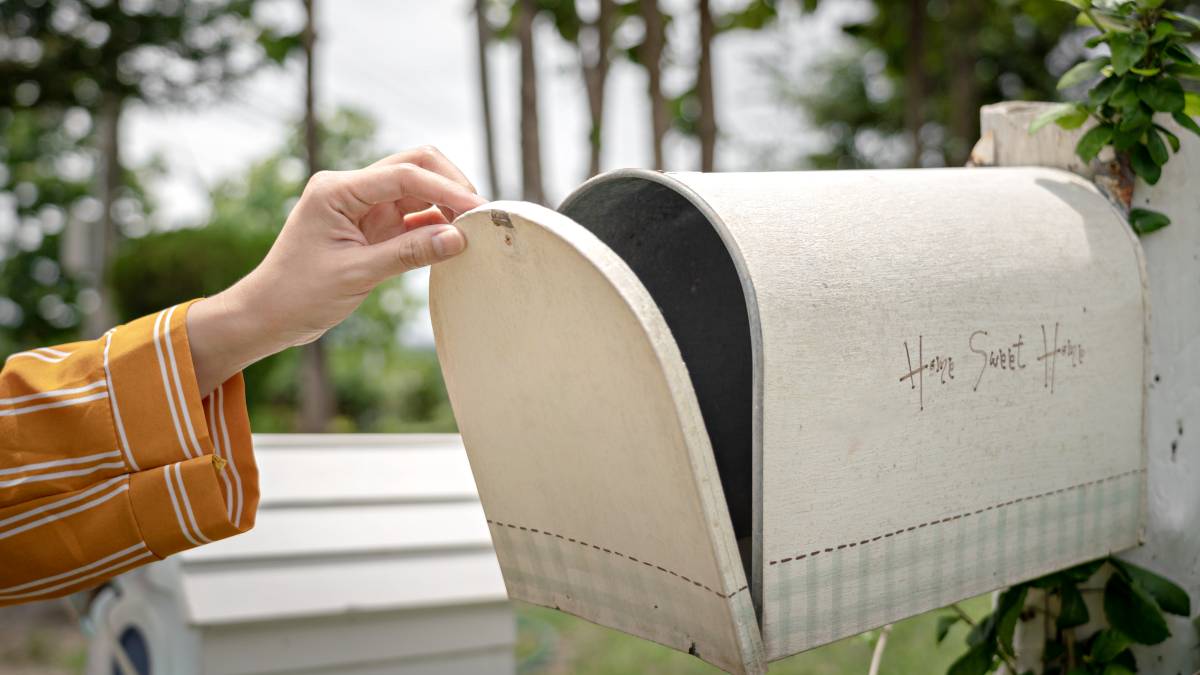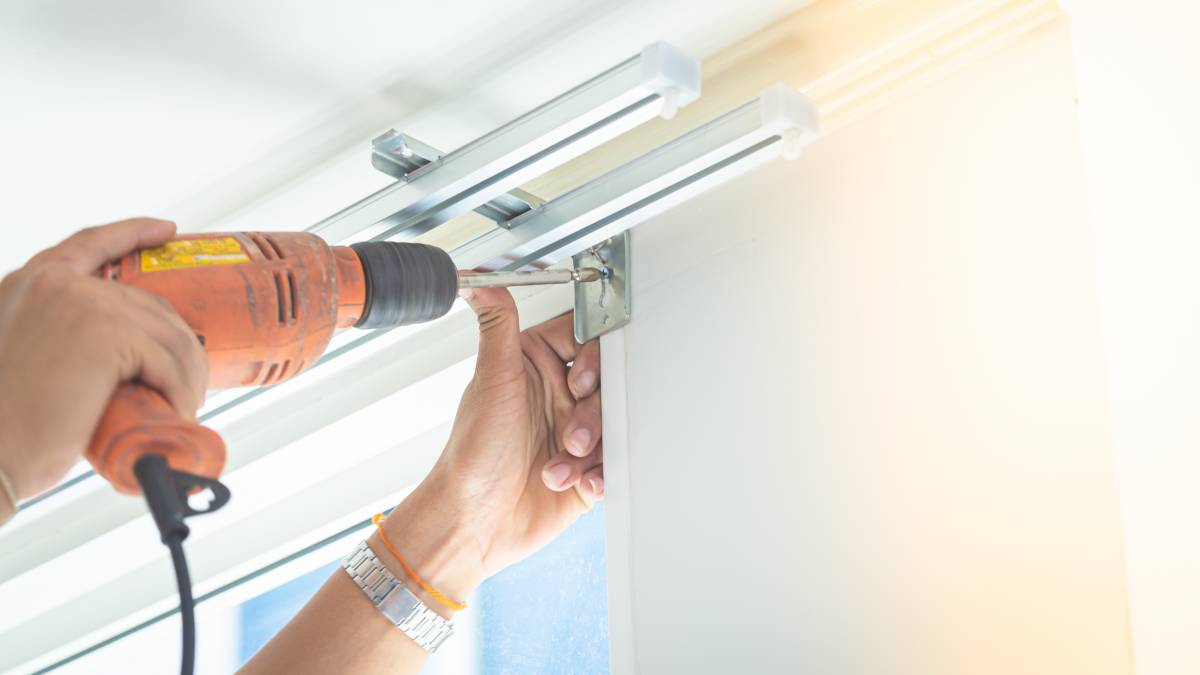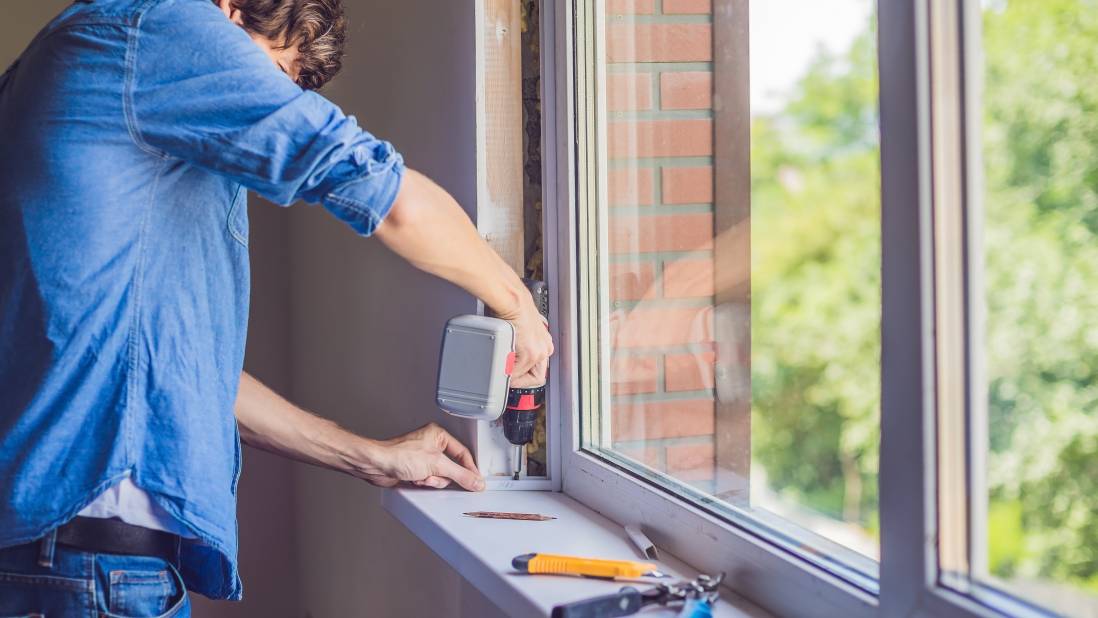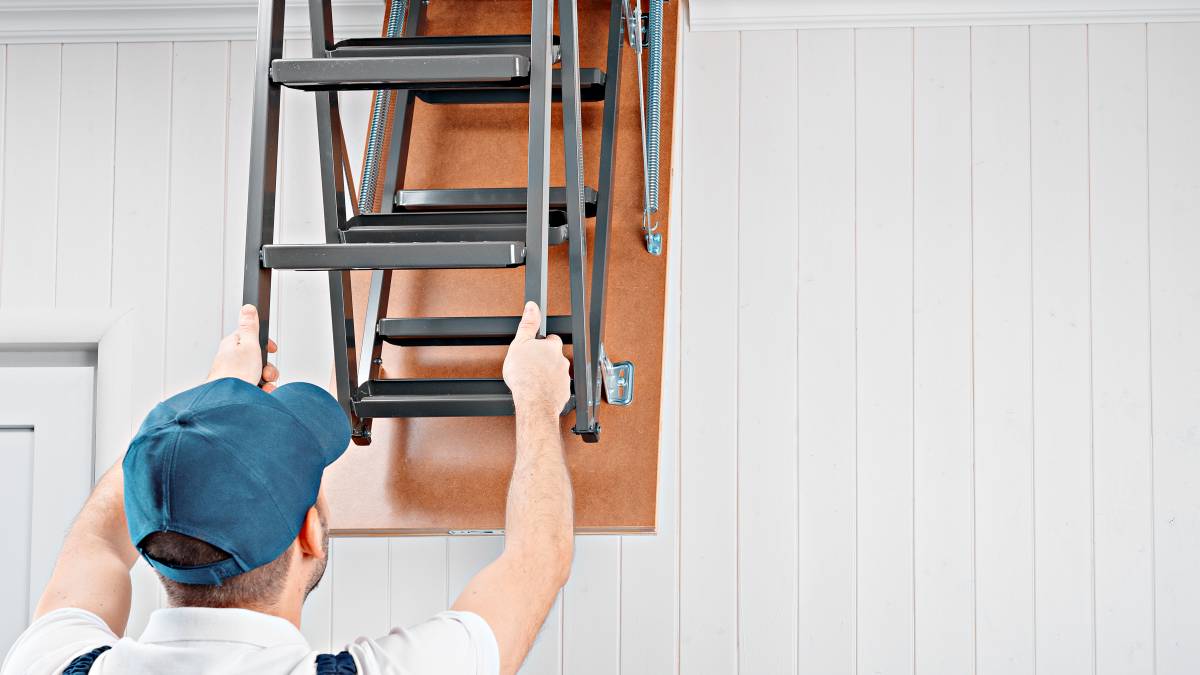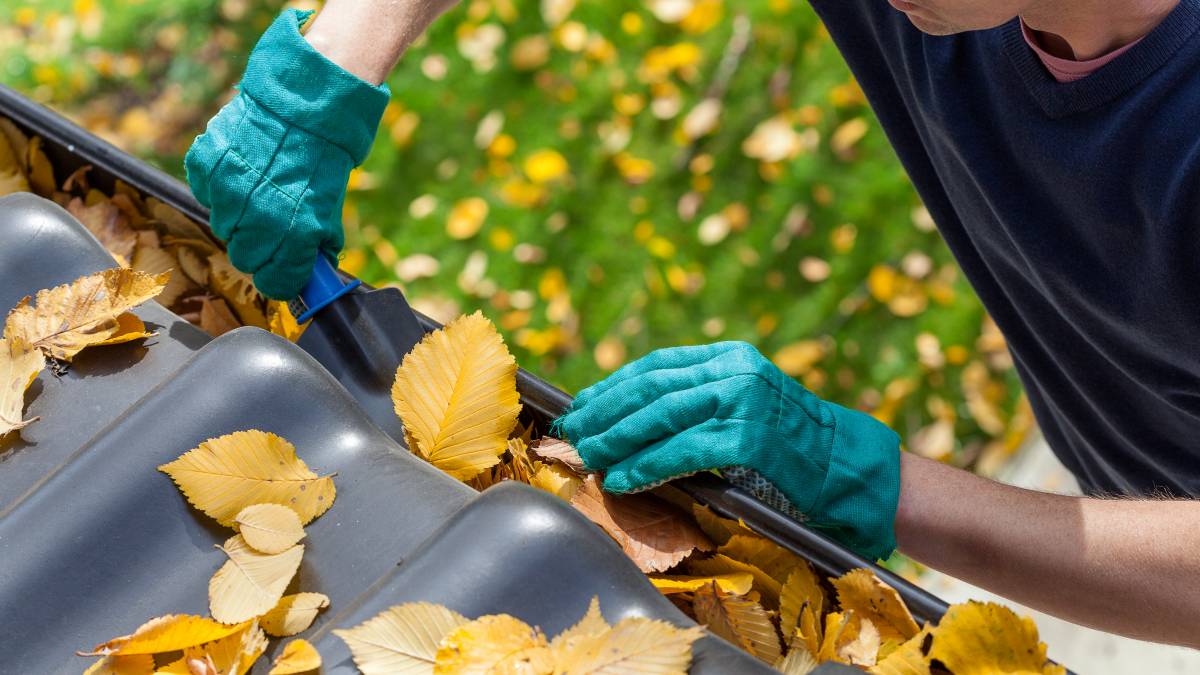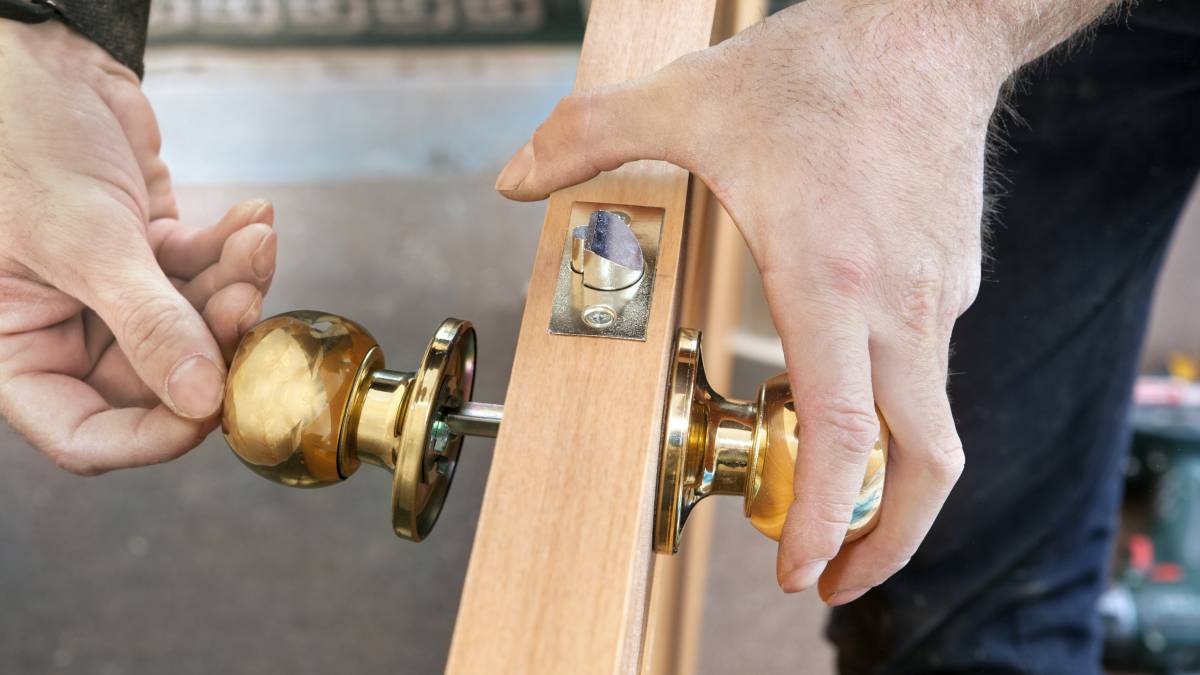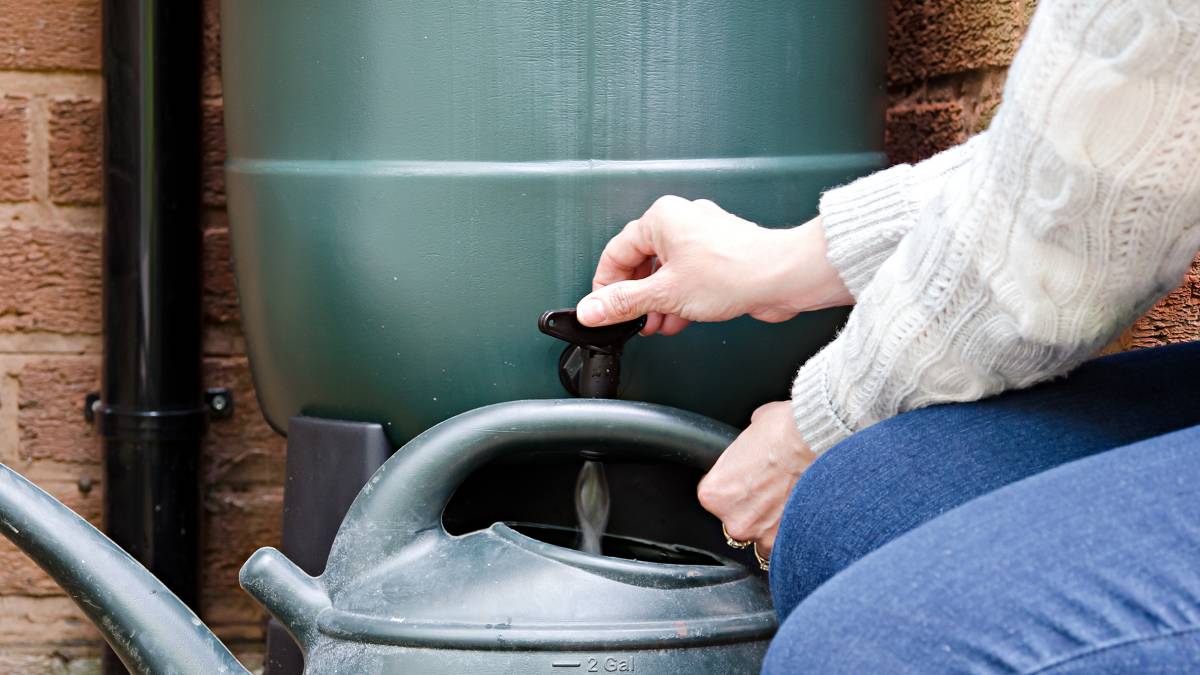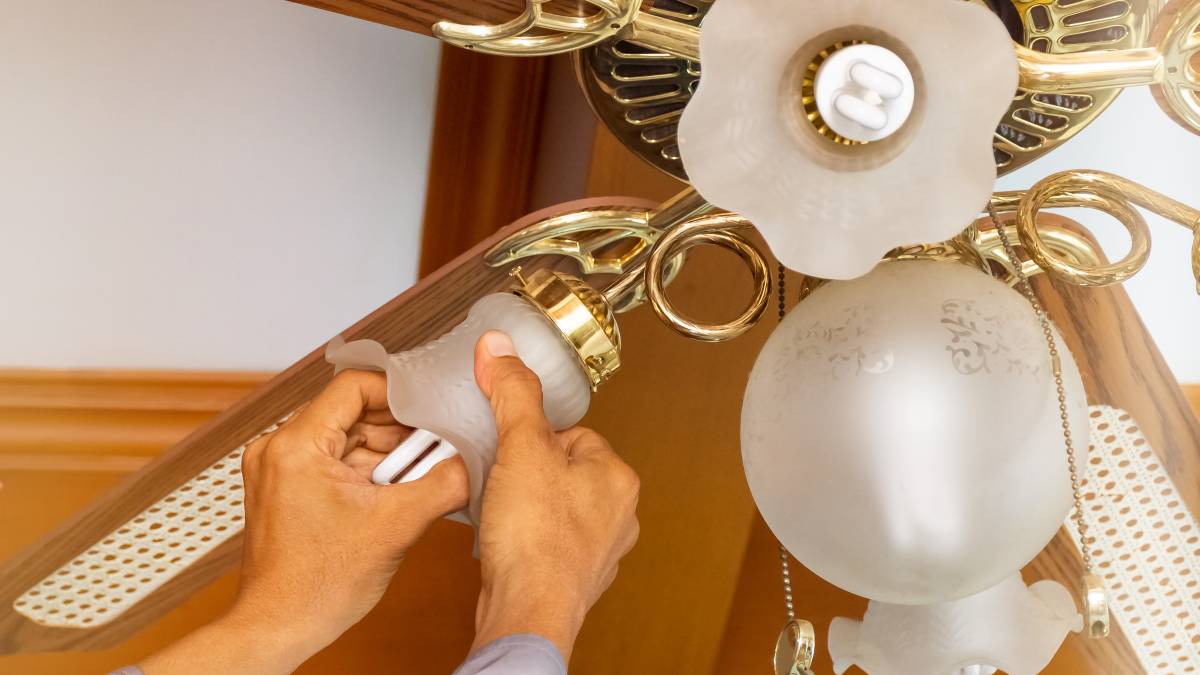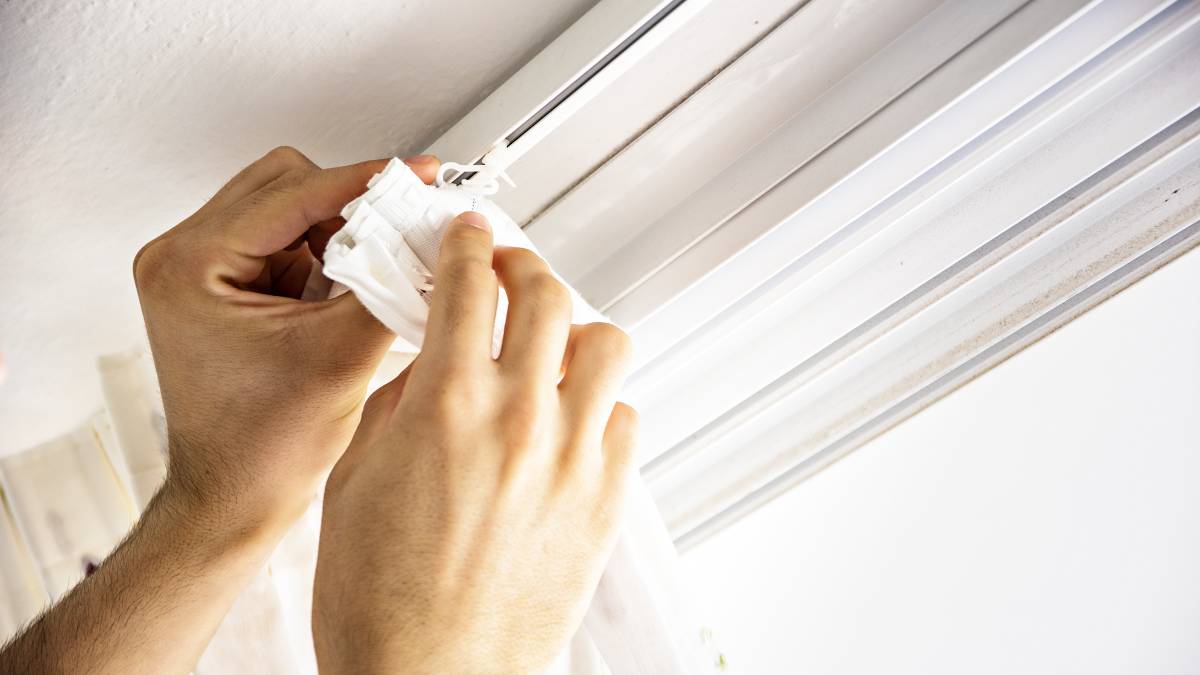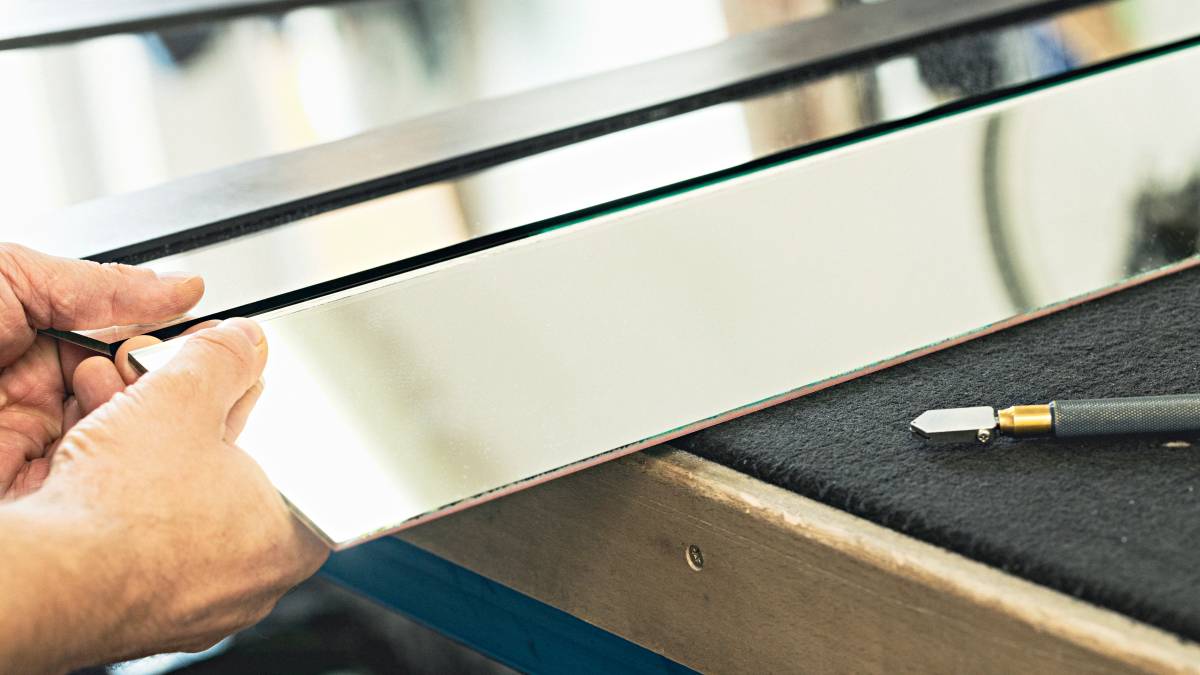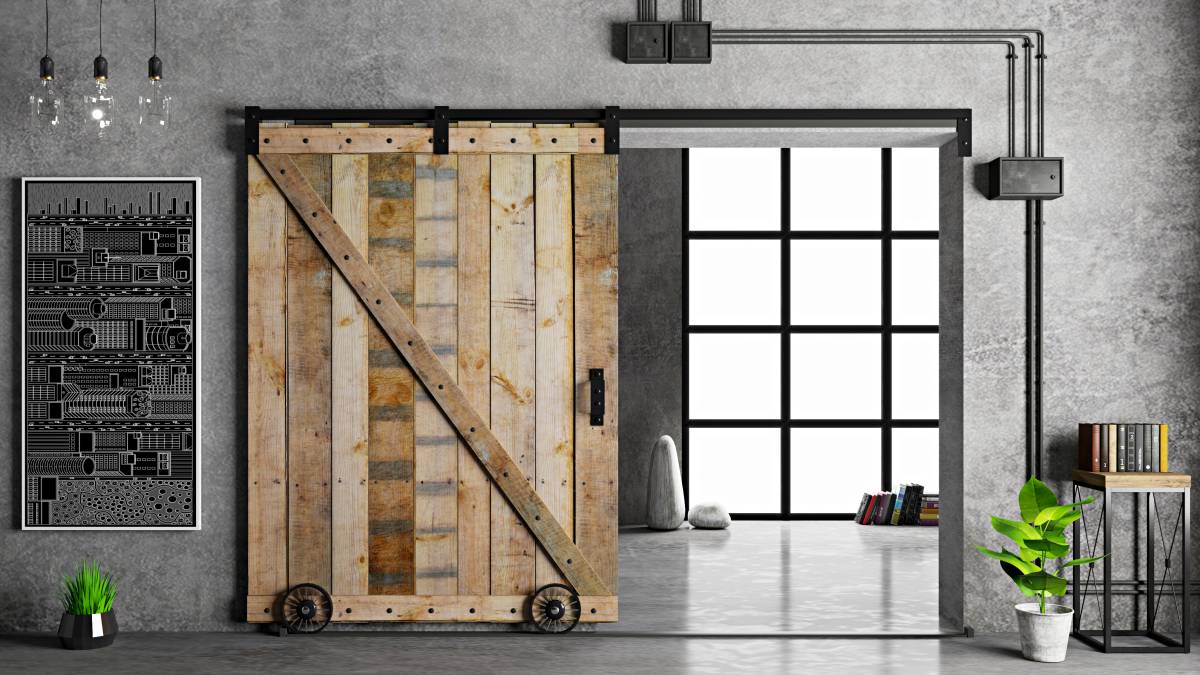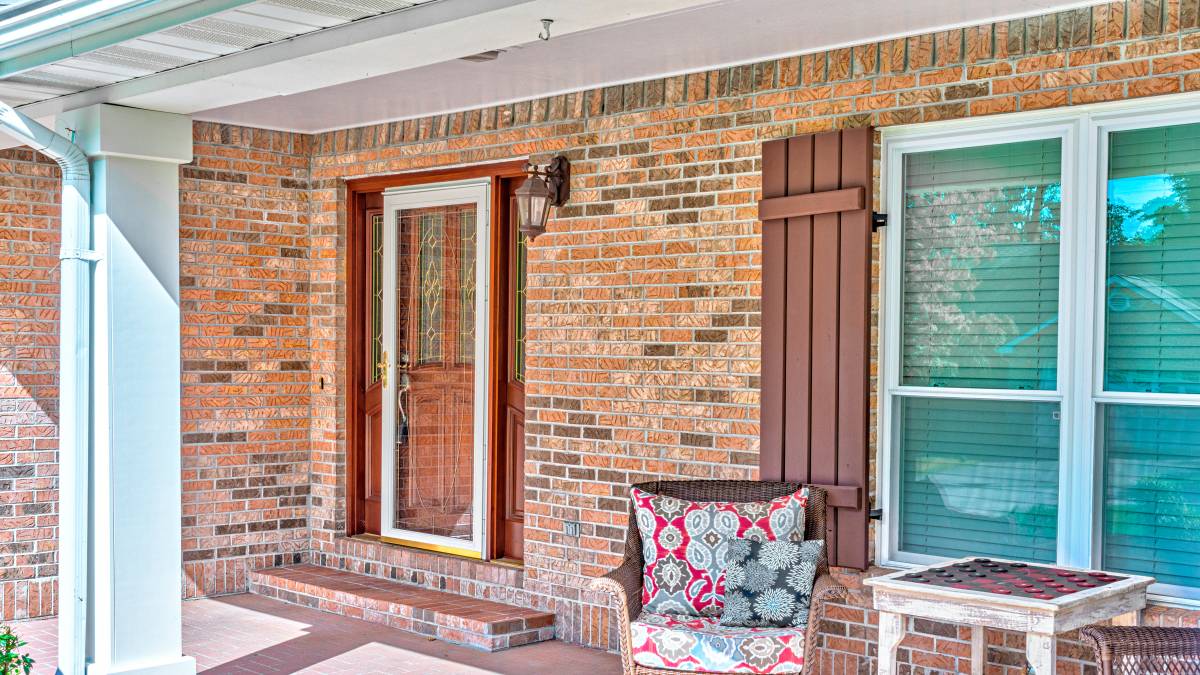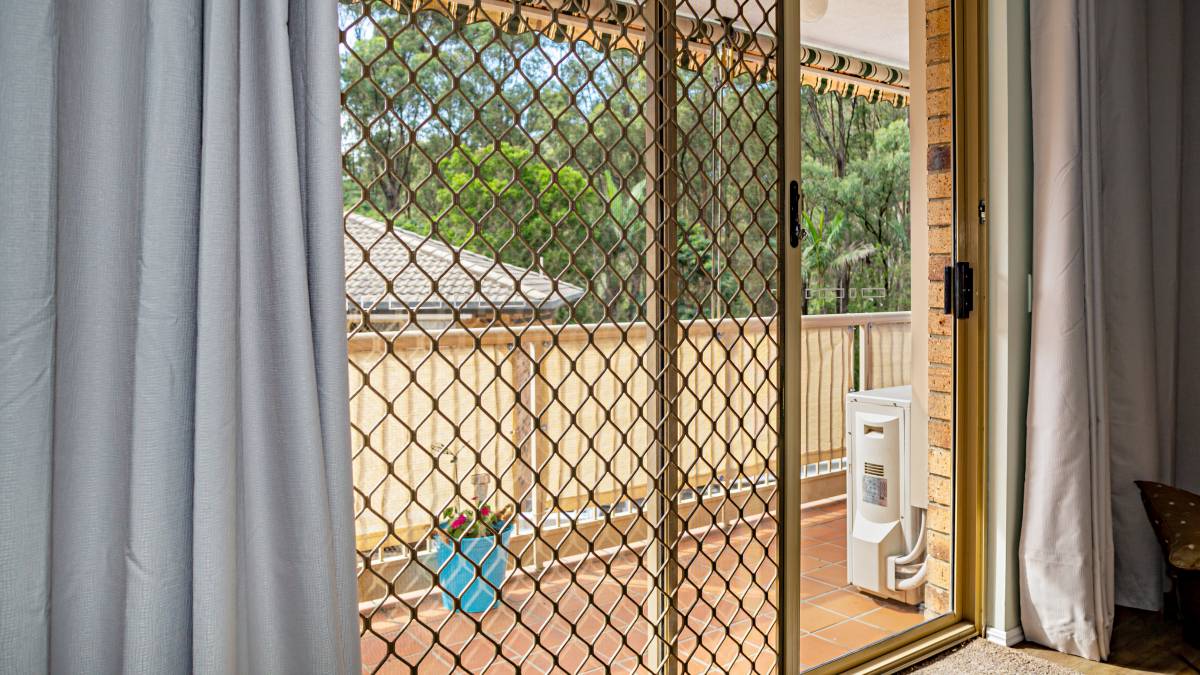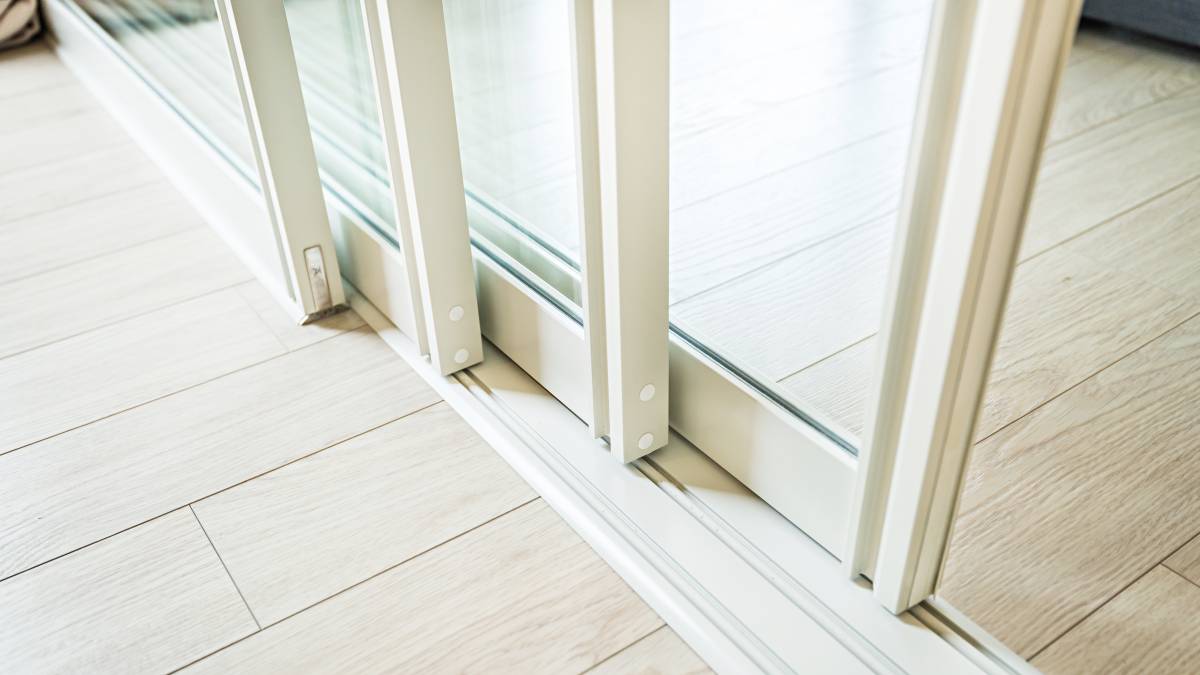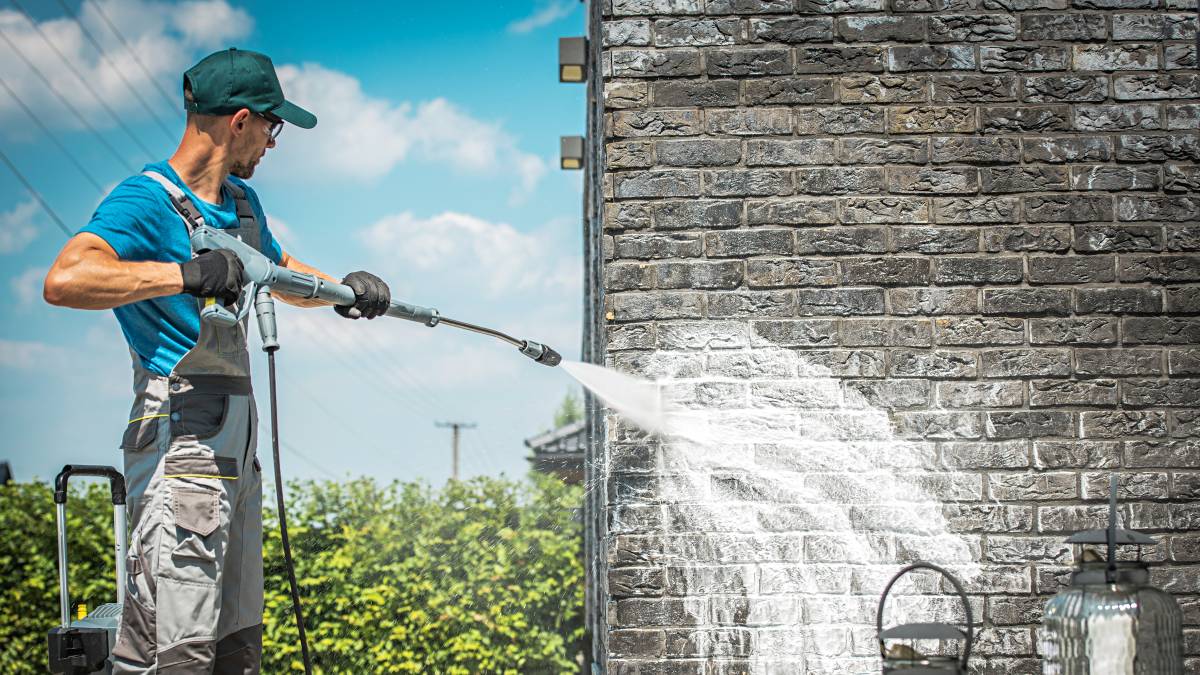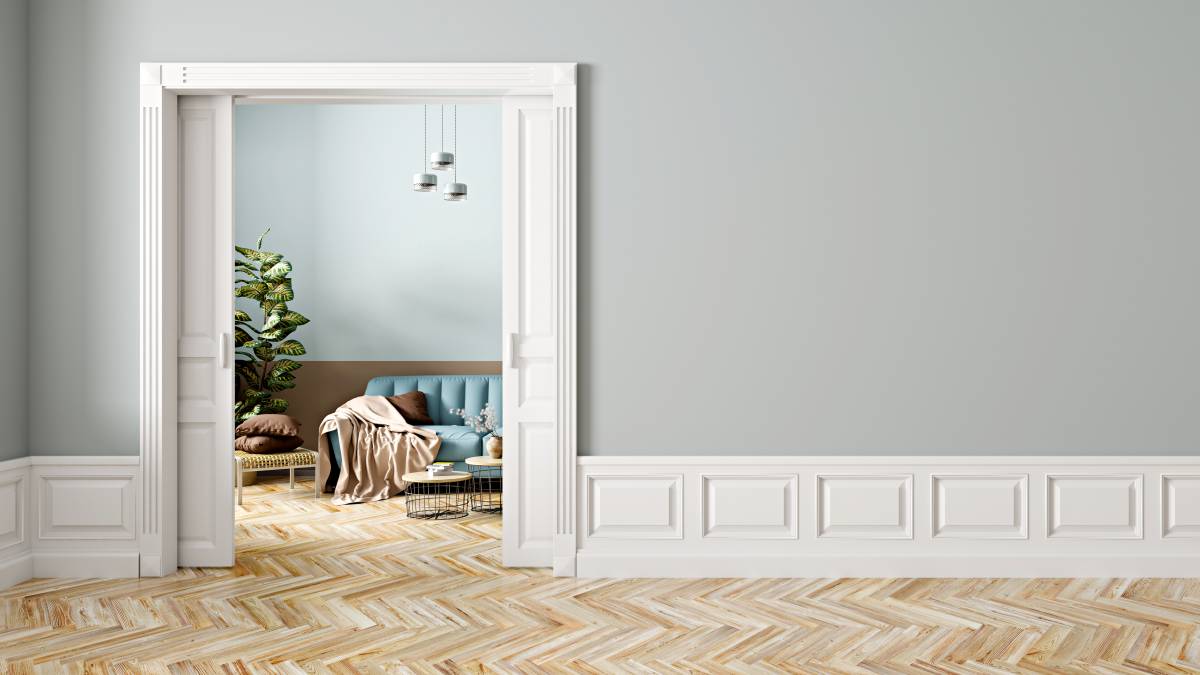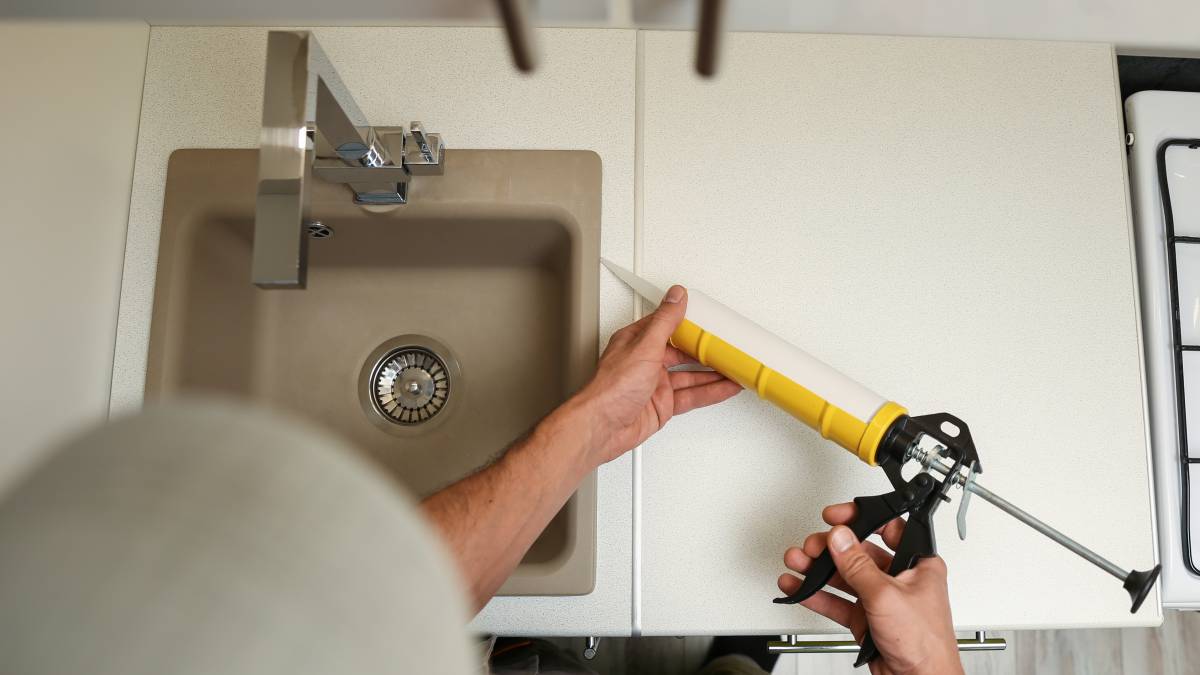- Home/
- Comparisons/
- Handyman/
- Brad Nailer vs. Finish Nailer

Brad nailer vs. finish nailer: Which one do you need?
Comparing brad and finish nailers based on nail size, nail holding strength, visibility of nail holes, and more.
Hire a handypersonPublished on
Key Facts
- A brad nailer is a power tool designed to drive thin nails into delicate materials (such as thin moldings and trims), minimizing the appearance of holes and reducing the risk of wood splitting.
- A finish nailer is also a power tool designed to drive thick nails into wood, offering strong holding power and a professional finish. It’s ideal for tasks like securing thick baseboards, building furniture, and attaching stair treads.
Thanks to the revolutionary technology of nail guns, you don’t have to hammer nails by hand. However, choosing the right one for your woodworking and DIY projects can be challenging with so many options.
One way to easily distinguish which type of nail gun you should choose is by comparing two of the most popular choices, the brad nailer vs. finish nailer.
What is a brad nailer?
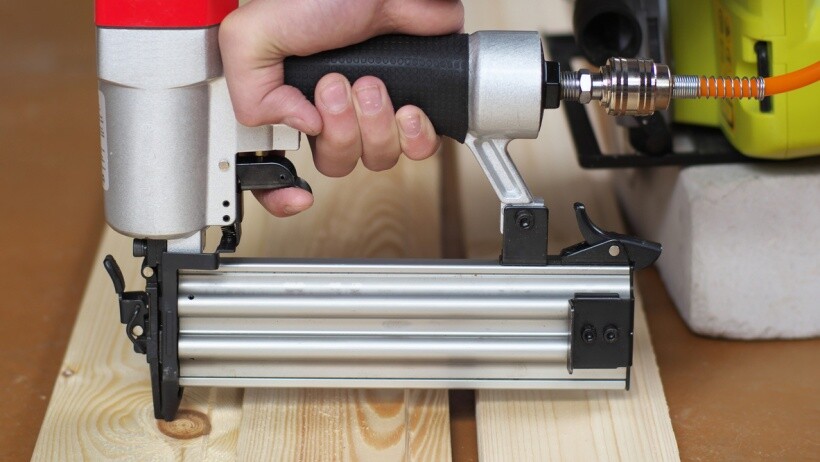 A brad nailer drives brads or small, thin nails into wood and other building materials. It comes in two types: electric and pneumatic. An electric nail driver can be corded or cordless, while a pneumatic nail driver needs power from an air compressor.
A brad nailer drives brads or small, thin nails into wood and other building materials. It comes in two types: electric and pneumatic. An electric nail driver can be corded or cordless, while a pneumatic nail driver needs power from an air compressor.
Since brad nails are thin, it’s ideal for projects that involve driving nails into light and delicate materials. This includes attaching delicate moldings and trims between walls and ceilings or around doors and windows. You can also use brad nailers for crafting projects like assembling wooden picture frames and small boxes.
What’s great about using a brad nailer is that it doesn’t leave large, noticeable holes. You don’t need to finish the wood and fill the nail holes with spackle or paste. Moreover, because it uses thin brad nails, it can help reduce the risk of splitting delicate wooden pieces.
What is a finish nailer?
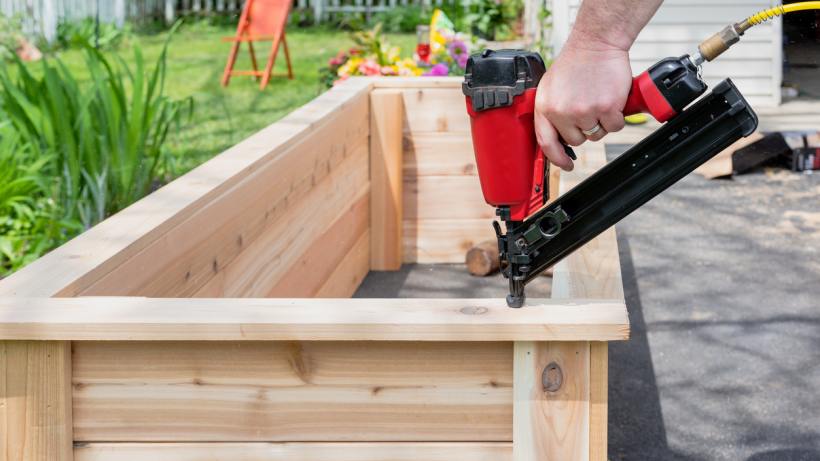
Finish nailers are designed to drive thick finish nails into the wood. Due to the thickness of finish nails, finish nailers provide strong holding power, which is ideal for heavy-duty applications like securing thick baseboards and crown molding, building furniture pieces, and attaching stair treads and risers. Plus, they leave a professional finish even when driving long, thick nails.
Like brad nailers, finish nailers can be either pneumatic or cordless.
Finishing vs. brad nailer: Which power tool is right for your home improvement project?
When doing home improvement projects like assembling furniture and updating fixtures, using the wrong tool can damage the material and the tool itself. You might even accidentally hurt yourself in the process, increasing the risk of nail gun injuries.
This is why it pays to know and understand the differences between the various types of nail guns, like brad nailers and finish nailers. Here, we’ll help you delve deeper into these differences.
In terms of nail size
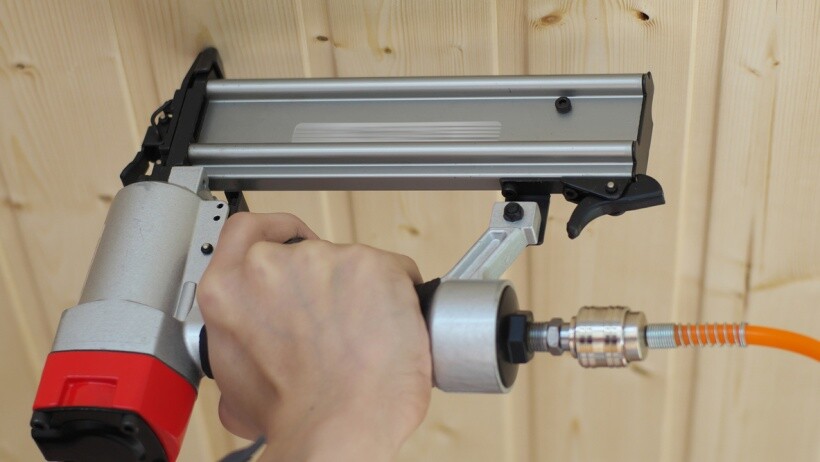
Nail size is measured in gauge, which is the thickness or diameter of the nail. The higher the gauge number, the thinner the nail size is because the gauge number is always inversely proportional to the nail’s diameter.
Regarding finishing vs. brad nailers, the latter uses a thinner nail size – 18 to 21 gauge, and ½ to 2 ½ inches of nail length. Due to their thin size, brad nailers are best for detailed work and thin materials.
In contrast, finish nailers have a thicker nail size – 15 to 16 gauge, and 1 to 3 ½ inches of nail length. Since finish nails are thicker, they’re suitable for more demanding and large-scale woodworking projects.
In terms of nail-holding strength
Since a finish nailer uses thick finish nails with a larger nail head than brad nails, it provides superior nail-holding strength. You can use it for projects that require demanding applications, such as attaching thick and dense baseboards between the wall and the floor to cover the uneven edges, or installing hardwood flooring to secure the wood in place.
Because a finish nailer may require you to work with weighty materials, it’s best to leave the job to a handyperson to avoid injuring yourself.
On the other hand, a brad nailer offers less holding power than a finish nailer because of the thin profile of brad nails. The nails will likely loosen over time, so avoid using a brad nailer for outdoor woodworking projects like building garden closets, picnic tables, and timber benches. You may only use it for small decorative projects like paneling the walls with a beadboard.
In terms of the visibility of nail holes
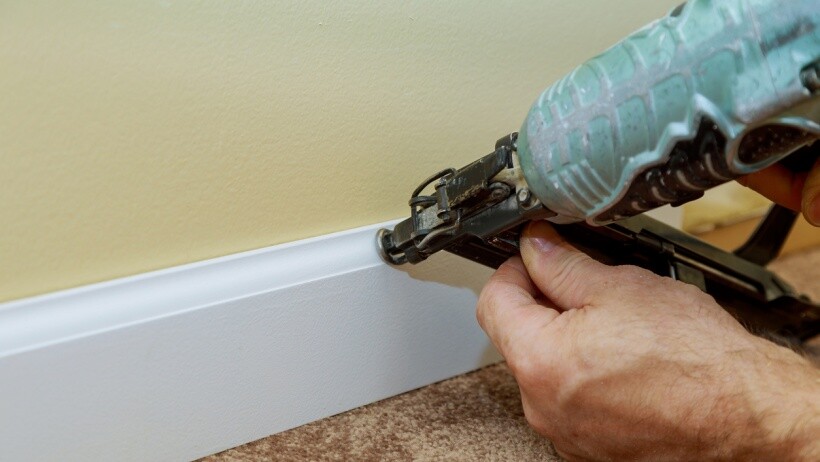
We mentioned earlier that brad nailers leave less visible holes due to the small diameter of the brad nail head, so you may use them as a moulding nail gun to install decorative skirting boards and crown moldings. Aside from adding more depth and character to the walls, this will help create a cleaner and more seamless look.
Meanwhile, finish nailers create more visible holes because of firing larger nails into the wood. This is why you should sand or fill the holes with a wood filler or putty to keep the material or workpiece looking smooth. Just make sure it is a top-grade filler since the holes can still appear visible even after finishing.
In terms of wood splitting
Have you ever tried hammering a nail near the edge of a wood, and it caused the wood to split? You can avoid this by using a brad nailer. It offers precision nailing work, preventing the thin, fragile softwood from splitting. You’ll be able to fasten the nails more securely while maintaining the smooth appearance of wood.
On the flip side, using finish nailers increases the risk of wood splitting because you have to drive longer and thicker nails. You can pre-drill the holes first to minimize the splitting, but this can be more tedious and require more time and effort when driving nails.
In terms of project versatility
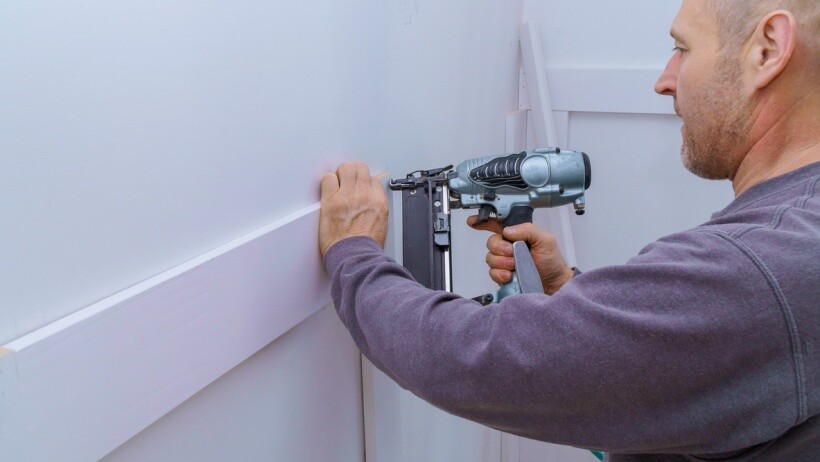
Finish nailers are more versatile than brad nailers because they’re built for heavy-duty projects that require a strong and secure holding, such as attaching stair treads and risers. Because stairs are high-foot-traffic areas, these parts require thick and durable finish nails.
Moreover, the finish nailer is useful for general construction and home improvement, such as building and assembling cabinets, securing hardwood flooring, and installing exterior trims, moldings, and columns.
Meanwhile, brad nailers are limited to decorative and crafting projects. Most would use them as a nail gun for woodworking to craft wooden picture frames, a mini birdhouse, and planter boxes. Some would use a brad nail gun for skirting boards that are thin and decorative.
In terms of cost
Since finish nailers are more versatile and can handle heavy-duty projects, they are generally more expensive than brad nailers, with prices ranging from $37 to $528. Cordless nail guns or finish nailers tend to be more costly because these models require a longer battery life to drive thick nails.
You can opt for an affordable pneumatic finish nailer, but they’re still slightly higher than brad nailers. This is because finish nailers are designed for heavy-duty jobs and have a robust build to handle thick and heavy materials. In contrast, brad nailers are only suitable for light-duty tasks, reflecting their lower cost. For reference, prices for brad nailers range from only $23 to $409.
Take your home improvement projects to the next level with Airtasker
When it comes to assembling and home improvement projects, deciding between a brad nailer and a finish nailer is just one of the many things you’ll have to worry about. You’ll have to ensure precision nail placement, shop and select other needed tools, and take the correct measurements. These can be overwhelming, especially if you’re only a beginner.
But don’t worry! You don’t have to tackle these projects alone. At Airtasker, you’ll find handypersons and assembly experts who can help you. With their skills and experience, they can tackle almost any project with precision and care.
Just post a task indicating your budget and the specific services you need to connect with these experts!
Brad nailer vs. finish nailer
| Brad Nailer |
Finish Nailer |
|
| Nail Size |
Uses 18 to 21 gauge nails, ½ to 2 ½ inches in length |
Uses 15 to 16 gauge nails, 1 to 3 ½ inches in length |
| Nail Holding Strength |
Less holding power due to thinner nails |
Superior holding strength with thicker nails |
| Visibility of Nail Holes |
Creates smaller, less visible holes |
Creates larger, more visible holes |
| Wood Splitting |
Lower risk of wood splitting due to thinner nails |
Higher risk of wood splitting; may require pre-drilling holes to prevent splitting |
| Project Versatility |
Best for light-duty carpentry and decorative projects like crafting, picture frames, and thin trim work |
More versatile; handles a variety of heavy-duty projects including cabinetry, flooring, and exterior trims |
| Cost |
More affordable; ideal for light-duty tasks |
Generally more expensive |
FAQs on brad and finish nailers
No, a brad nailer won’t be suitable for regular finishing tasks because it uses thin nails, which provide less holding power.
Some risks include puncture wounds, which can happen when working with thin materials. The nail can go through the material and end up puncturing your skin. You can also experience nail gun injuries if the nail punctures deeply into your skin, causing nerve damage.
Yes. Most cordless nail guns are equipped with advanced battery technology that can handle various tasks. Plus, they’re convenient to use due to their cordless designs.
Find handyman, fast
Post a task
Related articles
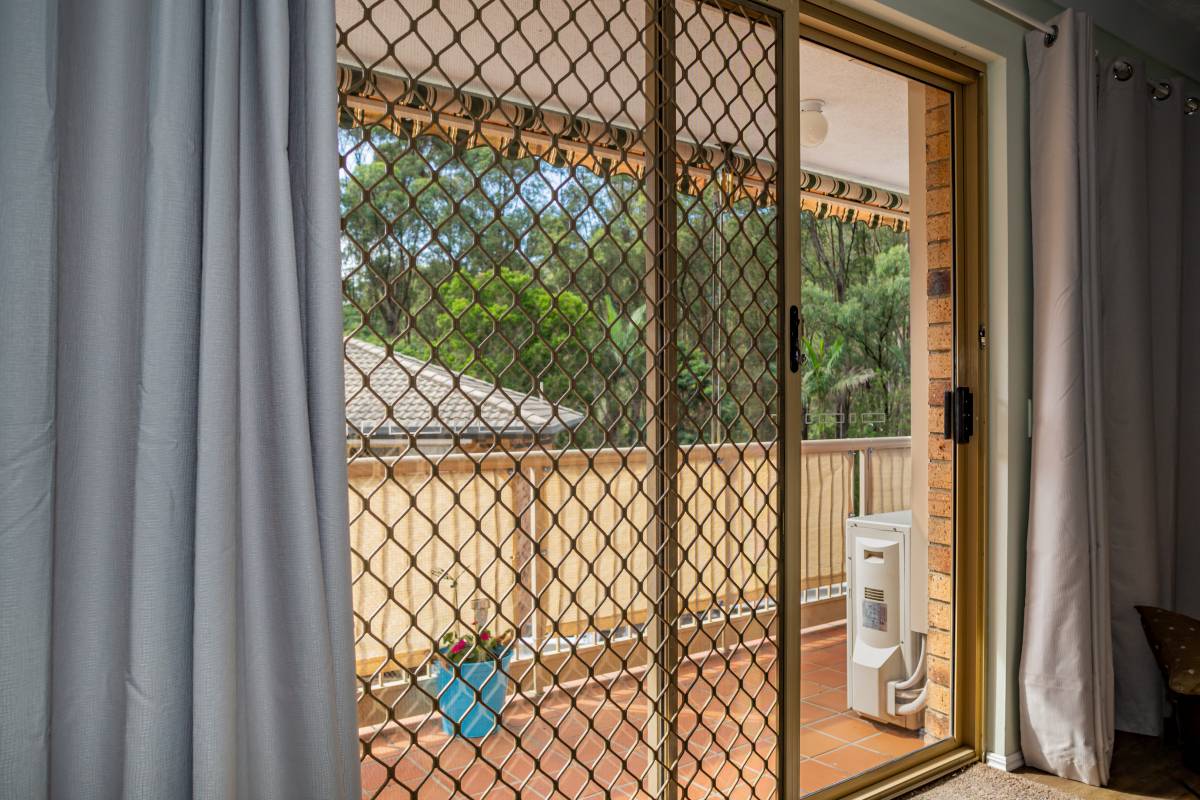
Install a screen door in 6 steps
Read more
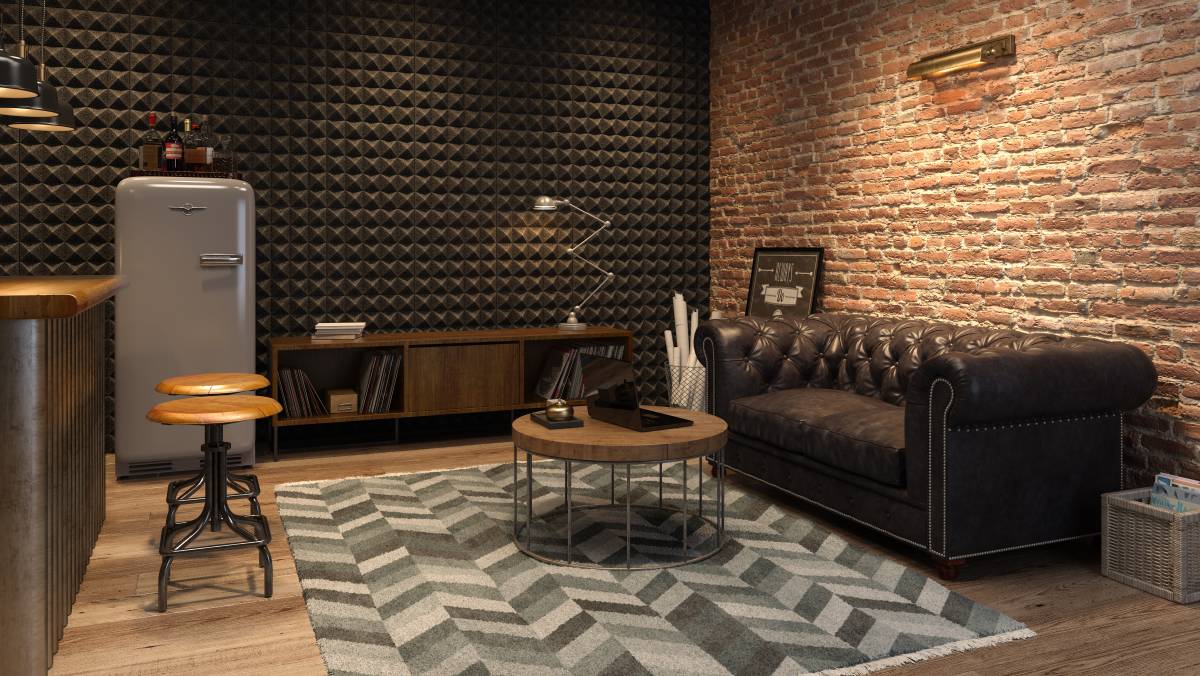
How to Soundproof a Room
Read more

How to fox proof your chicken coop
Read more

How to install curtain rods
Read more
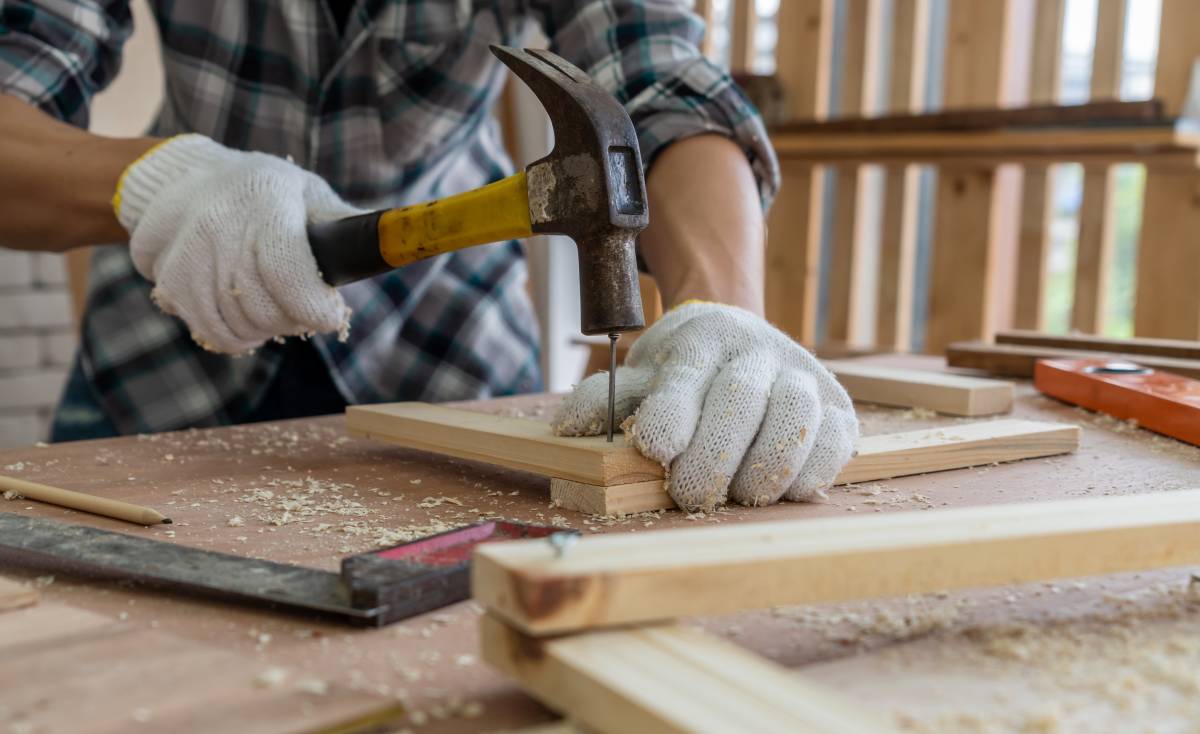
Best blue-collar jobs on Airtasker
Read more
Related price pages
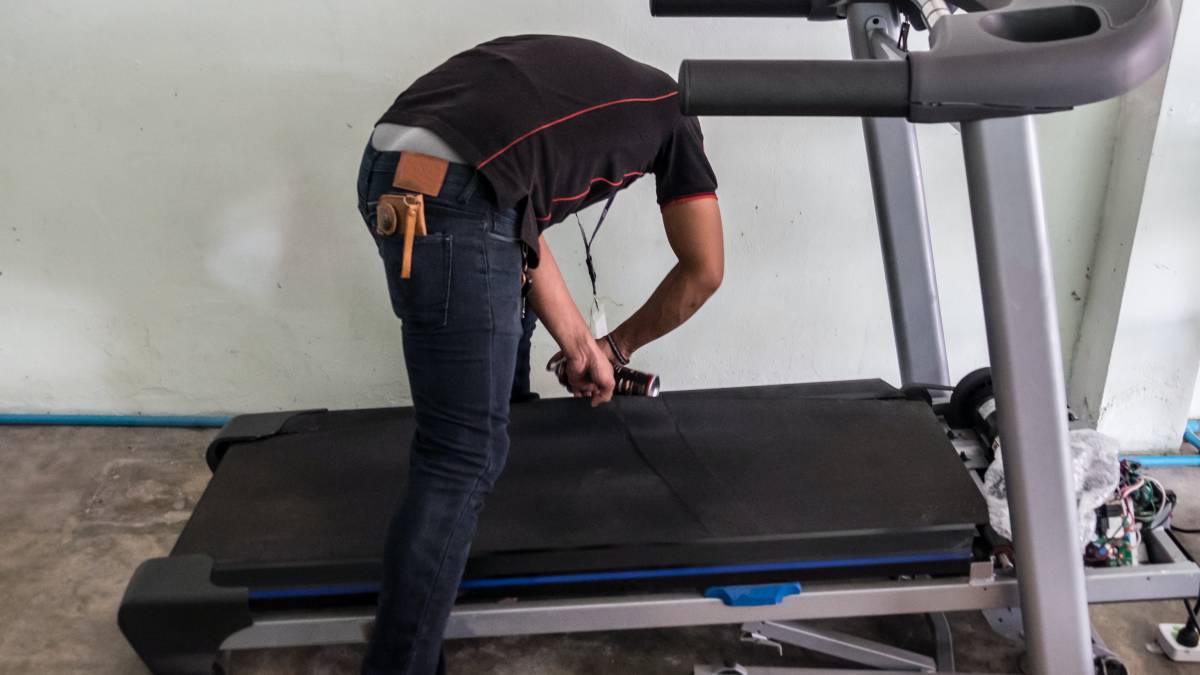
How much does treadmill repair cost?
Read more
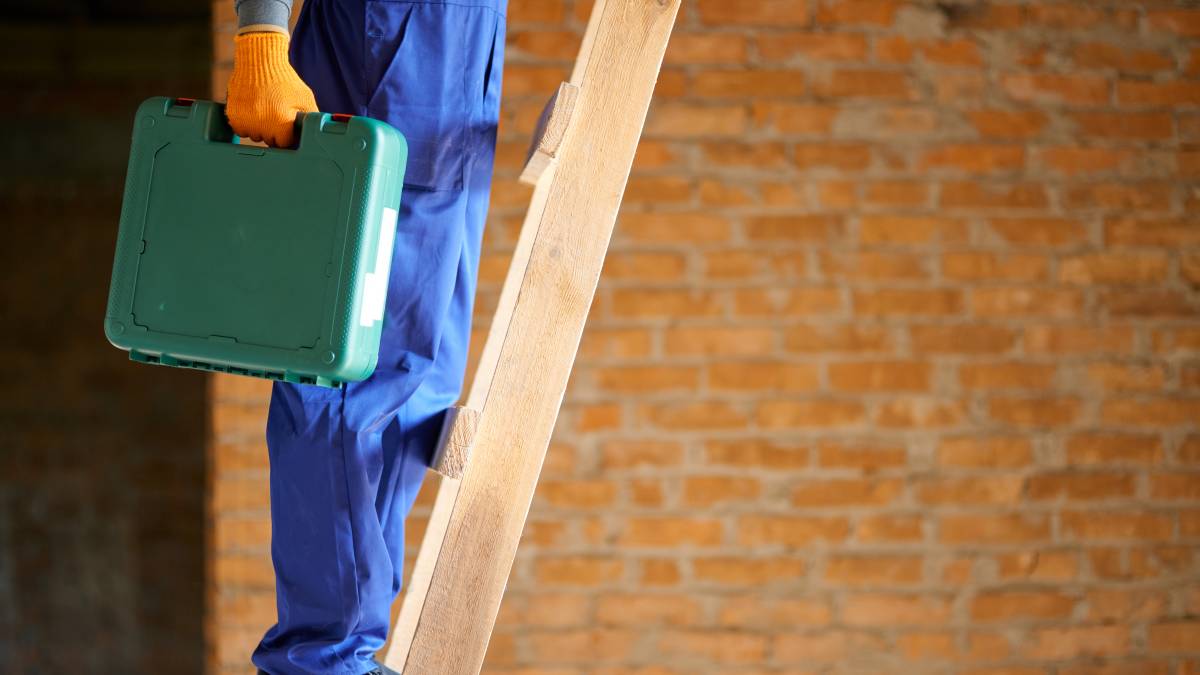
What are average handyman prices?
Read more
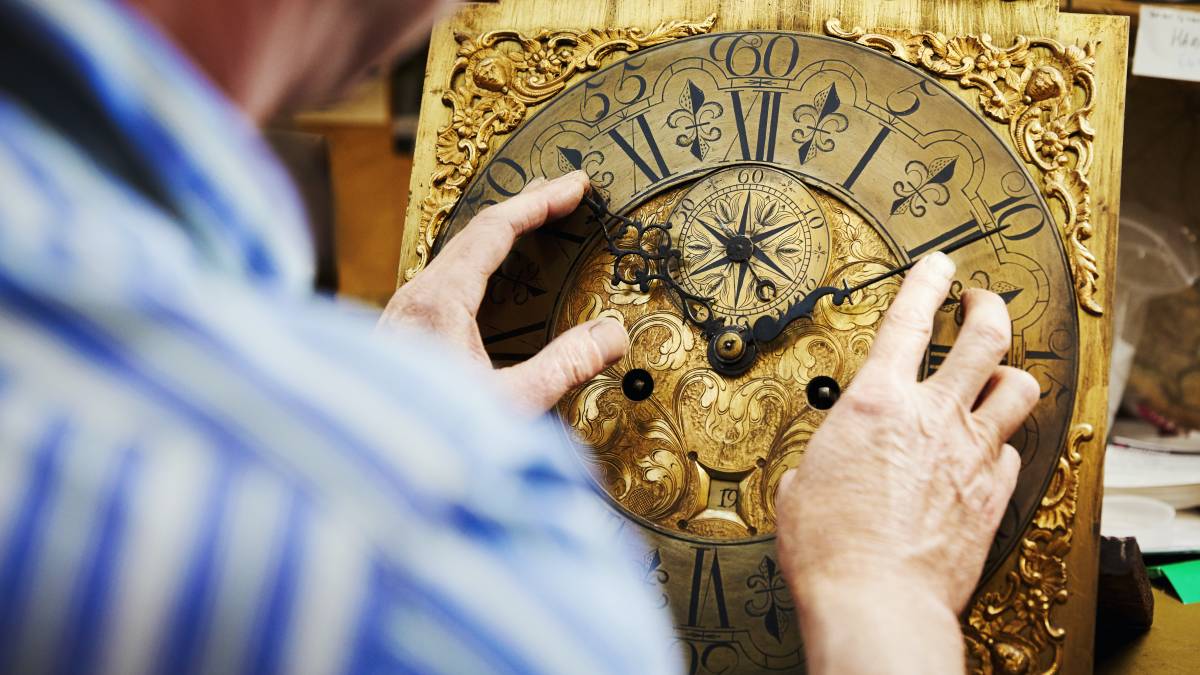
How much does clock repair cost?
Read more

How much does hot tub repair cost?
Read more

How much do roman blinds cost?
Read more

How much does a sunroom cost?
Read more
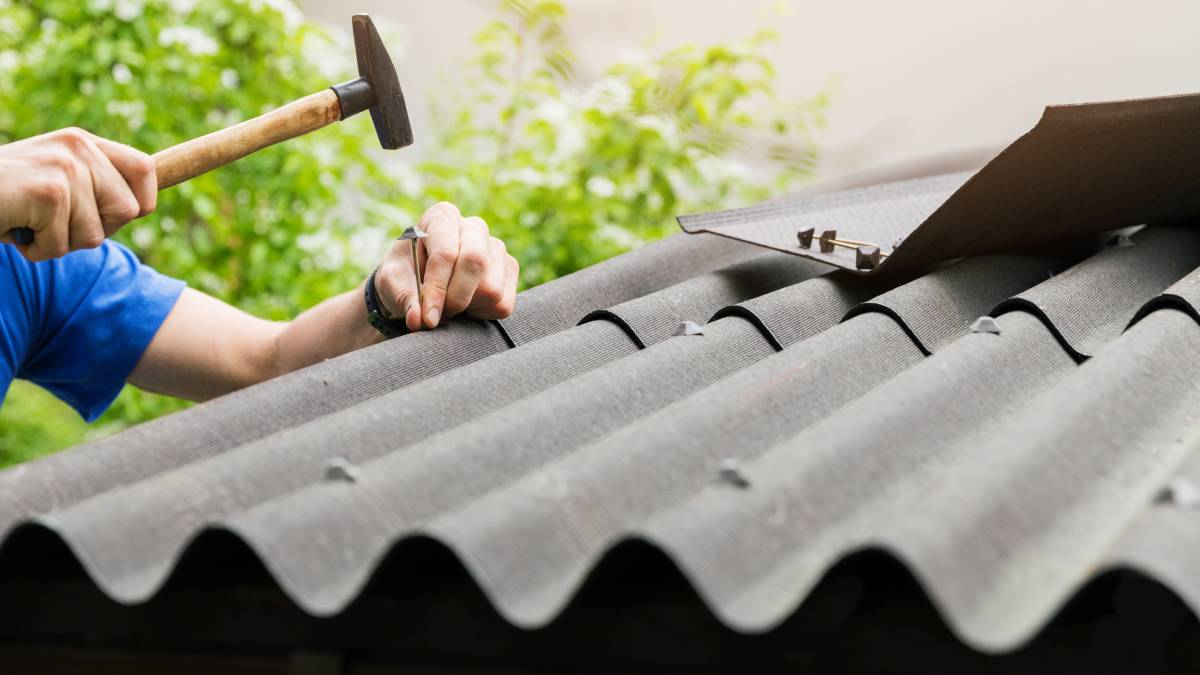
How much does shed roof repair cost?
Read more

How much does signage cost?
Read more
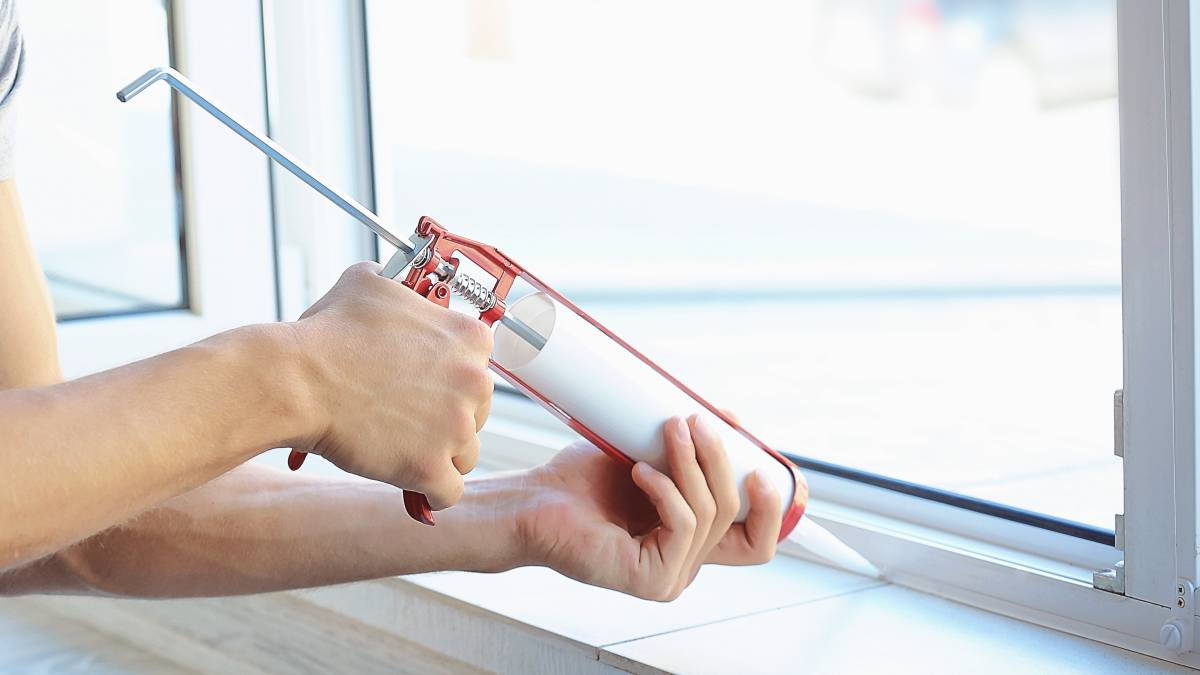
How much does window repair cost?
Read more

How much do chainsaw services cost?
Read more
